This blog traces two intertwined paths:
one collective, one personal.
🔶 In the first part-Weekly Blog Index (12 Posts) you’ll find reflections from a shared curatorial experiment — where ideas were grown, tested, and reshaped with others.
🔷 In the second-Personal Project Blog Index (10 Posts), you’ll step into Fluid Curating — my own evolving project exploring co-authorship, decentralisation, and living exhibition spaces.
Each post opens a door into the thinking, making, and re-making that shaped this curatorial journey.
You can click each blog title below to read the full post and follow the evolution of the project across the semester:
🔶 Weekly Blog Index (12 Posts)
W1 – Welcome to Hanyun Xue’s Curatorial Universe
Initial introduction to my curatorial identity and reflections on curatorial roles
W2 – Initial Thoughts on My Curatorial Project
Early brainstorming around value, symbolic power, and decentralisation in the art market
W3 – Rethinking My Curatorial Project: From Symbolic Power to Decentralized Ecologies
Shifting conceptual frames from institutional critique to ecological metaphors
W4 – 11:11 | The Curatorial Lucky Signal ✨
Peer exchange and collective mapping of curatorial urgencies during our 11:11 session
W5 & W6 – Reflecting on My Curatorial Presentation & Next Steps 🚀
Lessons from peer feedback and collaborative next steps with the collective
W7 – Reflections on CORPSE FLOWER & New Directions for Fluid Curating 🌿🔍
Site visits and evolving ideas through field encounters with ecological curation
W8 – Tracing Emotion Through Space: Three Galleries, One Heart – My Field Notes from Glasgow
Visceral responses to gallery environments and sensory exhibition design
W9 (1) – Summerhall Collective Space: Curating with Comfort, Play and Co-Creation 🌿
Flower arranging, film sharing, and non-verbal curating in a student-led collective setting
W9 (2) – Speed Curating at CAT × CAP: Conversations that Sparked Something Real 🎡
Micro-dialogues with CAP artists that reshaped my curatorial methods
Blog 10 (1) – Reflection & Expansion|From Conceptual Ambition to Grounded Possibility
Defining my curatorial voice through peer feedback and practice
Reference: Week 10 (Reflective Practice), Peer Review, Project Refinement
Blog 10 (2) – Curatorial Tools & Collective Voice|Expanding the Tactics of “Fluid Curating”
Exploring sound-based curation, Woolclap, and collective authorship in curatorial design
Reference: Week 10 (Public Programme), Week 11 (Methods & Access)
Week 11– 11:11 Collective Recap: Where Collaboration Meets Curation
Hands-on learning through digital tools and shared making in the classroom
Collective curatorial project
W12 – A Curatorial Experiment at Summerhall – Fear as a Method
Final reflections on our collective exhibition: co-creating fear and care through art
🔷 Personal Project Blog Index (10 Posts)
Blog 1 – Project Title & Narrative|From Authority to Co-Creation: Why I Curate “Fluidly”
Exhibition motivation & vision: decentralisation, co-creation, fluidity
Curatorial questions: Who holds the power to define meaning?
Reference: Week 1 (Intro), Week 2 (Platforms and Institutions)
Blog 2 – Curatorial Thinking & Theoretical Framework|Decentralisation Is a Practice, Not a Concept
Shifting from curator-as-authority to collaborative agency
Keywords: distributed authorship, curatorial power, horizontal practice
Reference: Week 4 (Curatorial Ethics), Week 6 (Artist-led Curation), Week 9 (Methods & Theory)
Blog 3 – Mediums & Artists|How CAP Artists Complete My Vision
Why participatory art fits a decentralised curatorial logic
Mediums: sound art, interactive works, co-created pieces
Reference: Week 8 (Media & Time), CAP × CAT Curatorial Encounter
Blog 4 – Exhibition Format & Structure|Designing a Rewritable Exhibition
Exhibition format: interactive spatial design, daily updates
Layouts: rhizomatic flow, colour-coded paths, naming corners
Reference: Week 7 (Site Visit), Week 8 (Systems Curation)
Blog 5 – Audience & Public Engagement|The Audience Is Not a Guest, They Are a Curator
Participation tools: voting, naming, story-sharing, sound walls
Highlighting the shift from spectatorship to co-authorship
Reference: Week 9 (Publics), Week 10 (Audience & Participation)
Blog 6 – Ethics & Accessibility|Who Speaks? Designing an Ethical Shared Space
Designing space for all: voice permissions, anonymity, co-authored meaning
Tools: Woolclap platform, sensory alternatives, multilingual interfaces
Reference: Week 4 (Ethics), Week 8 (Access), Week 10 (Inclusive Design)
Blog 7 – Budget & Realisation|Budget, Ethics, and Tools: Making It Real
Delivering the project within £2000
Technical tools used: low-cost, open-source systems
Reference: Week 11 (Planning & Budget), Week 4 (Ethics)
Blog 8 – Legacy & Public Programmes|Curating Beyond the Timeframe
Activities: Sound Bazaar, co-curated talks, real-time storytelling
Redistributing curatorial authority through live public interaction
Reference: Week 9 (Social Curation), Week 10 (Public Programming)
Blog 9 – Afterlife & Documentation|Zine and Market Report: Letting the Audience Speak After the Show
Zine as a co-authored curatorial document
Market trend report based on audience interaction and feedback
Reference: Week 9 (Publishing as Curation), Week 11 (Archiving)
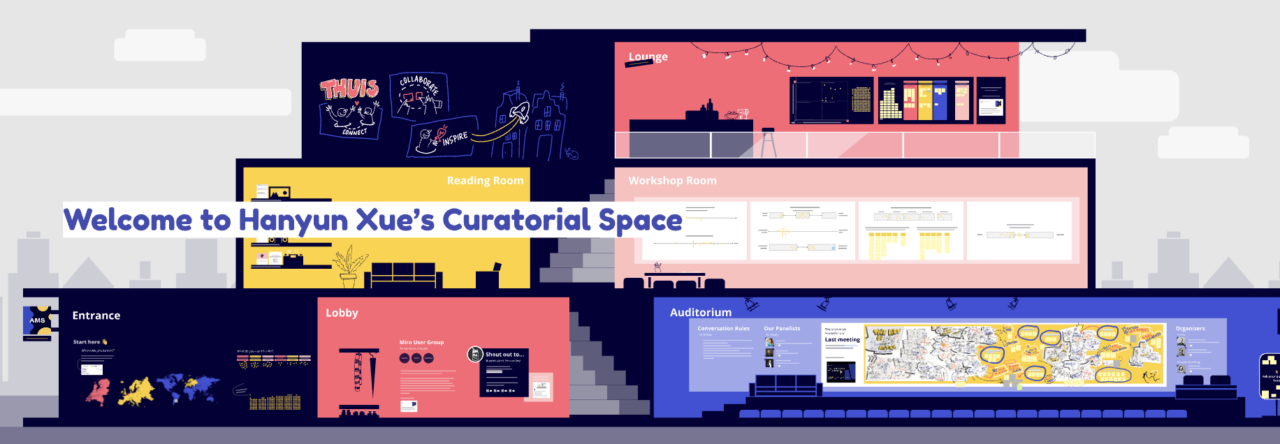

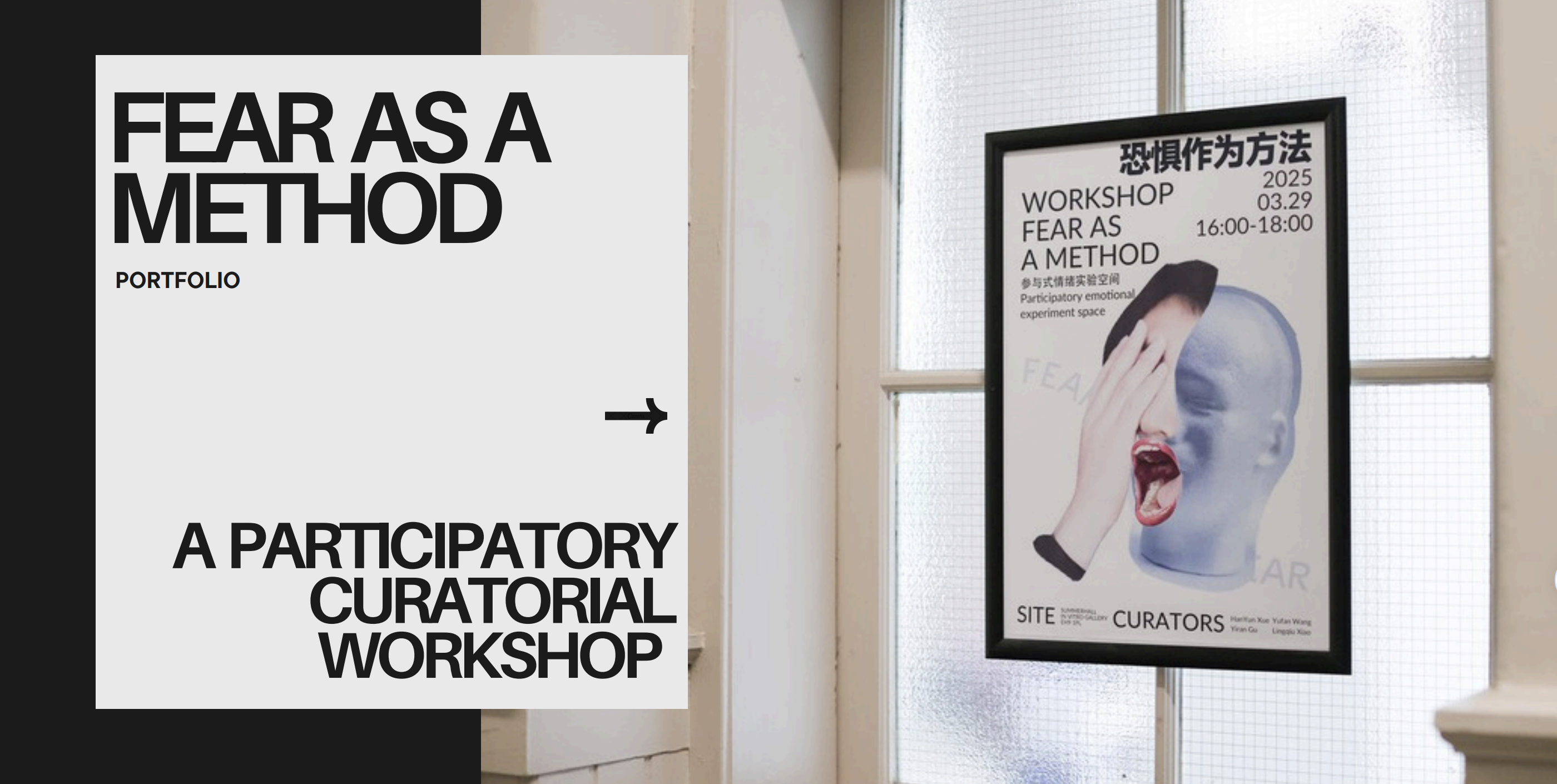
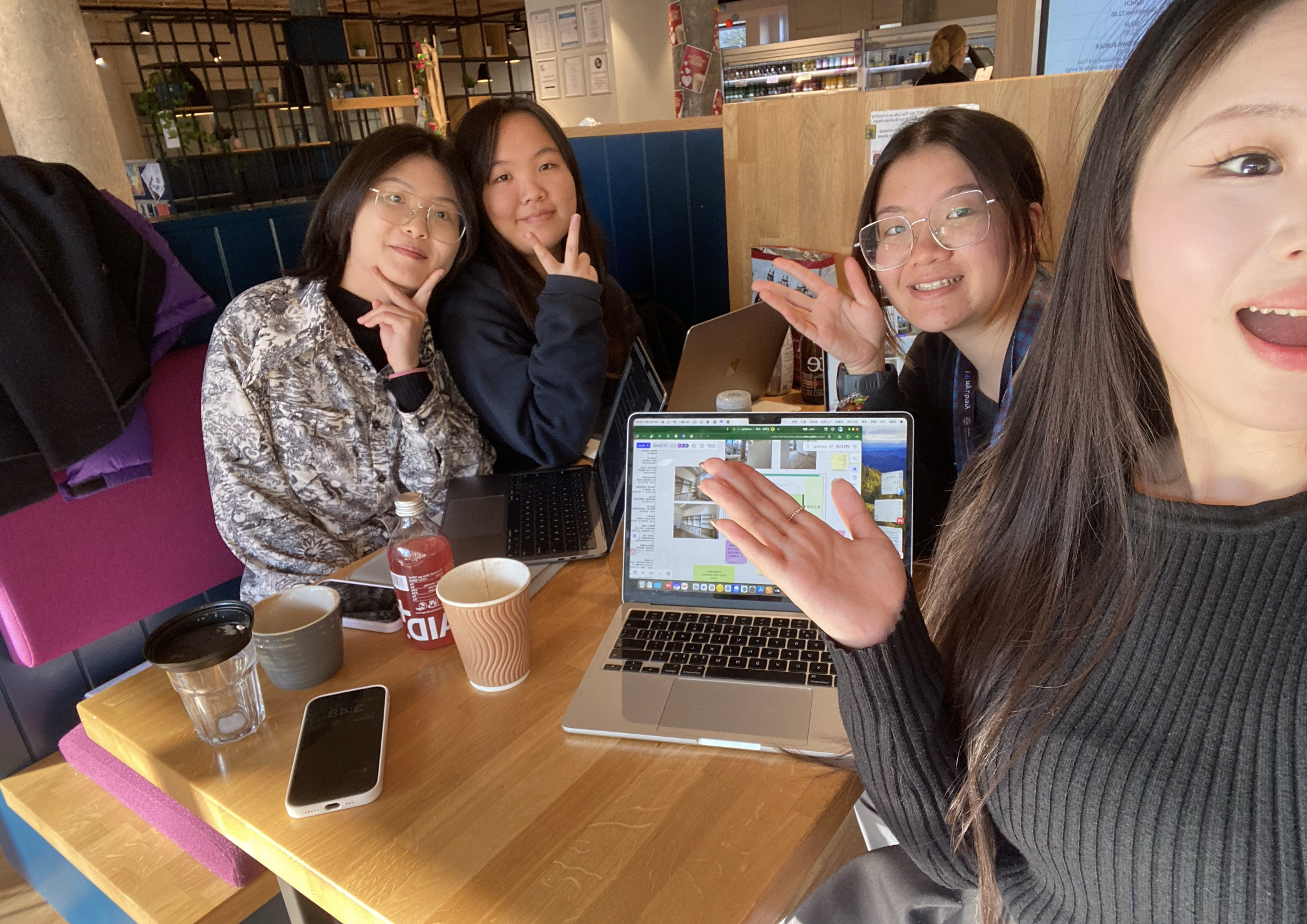
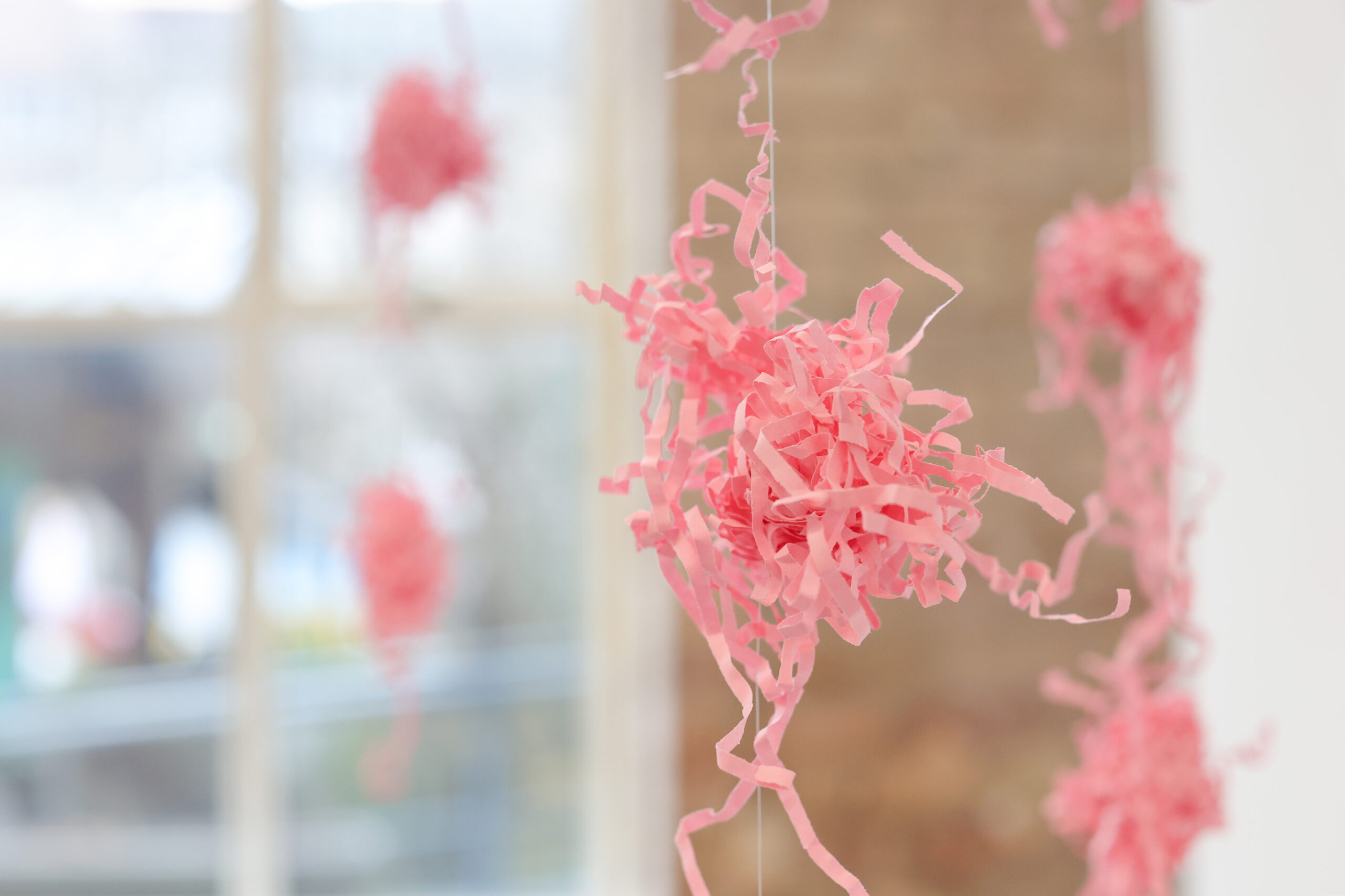
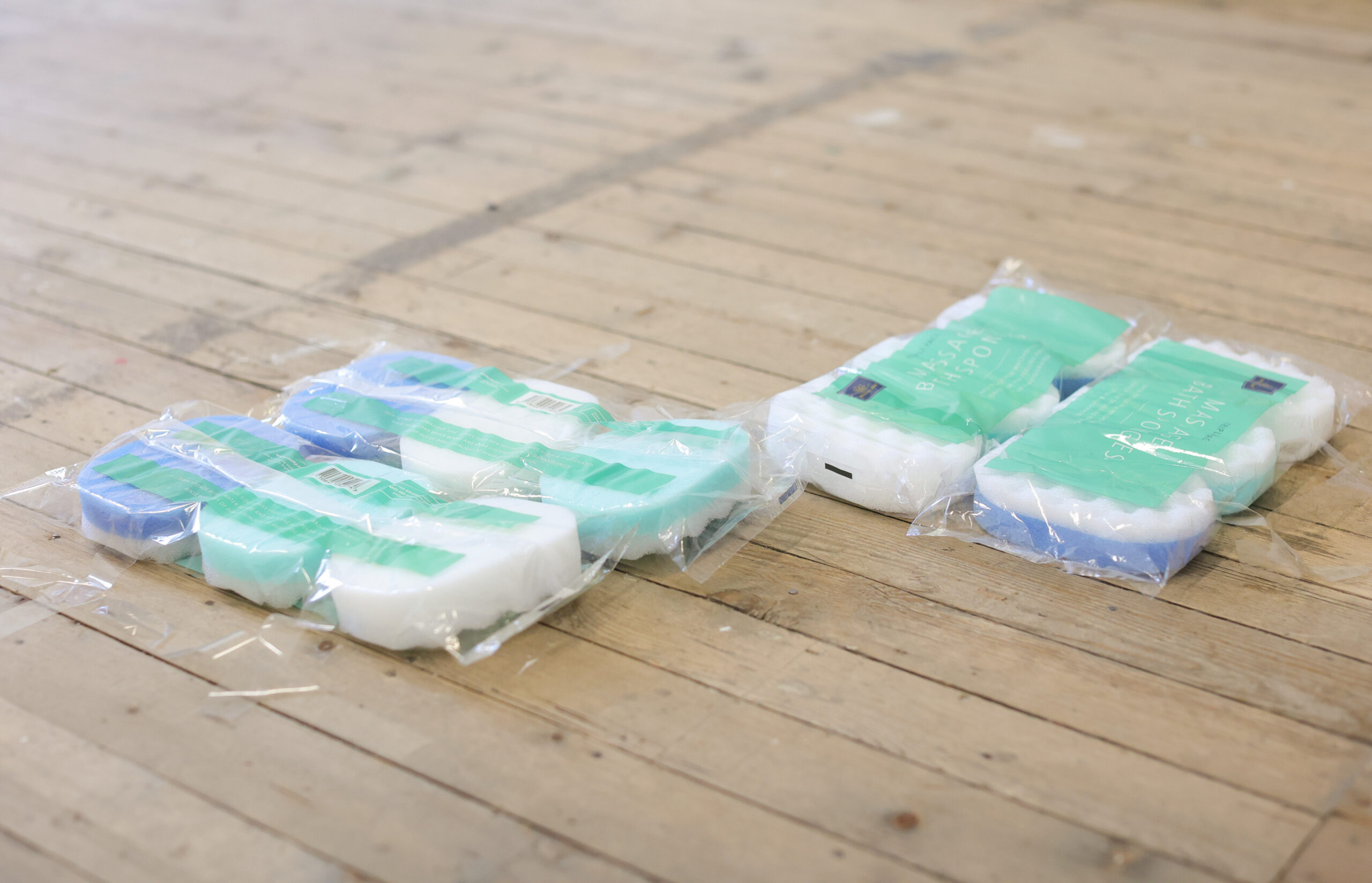

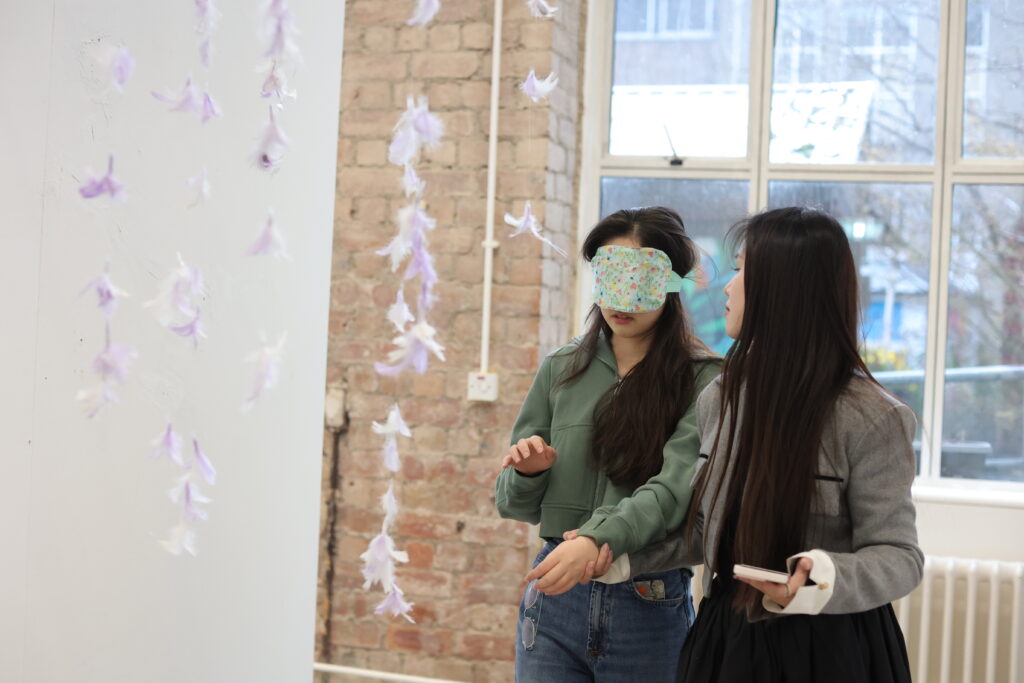
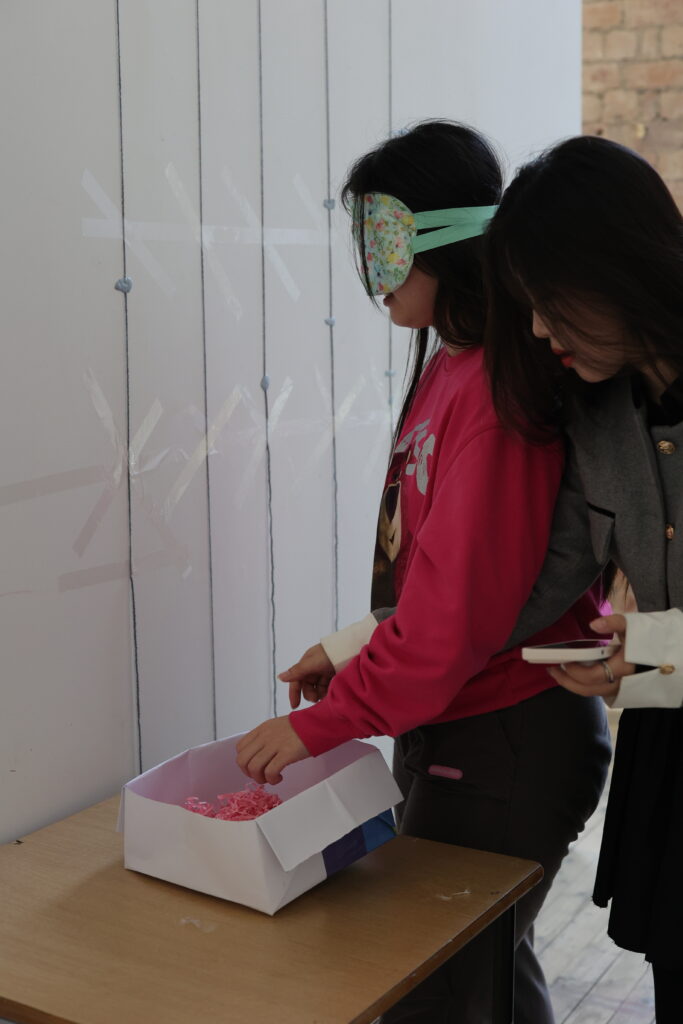
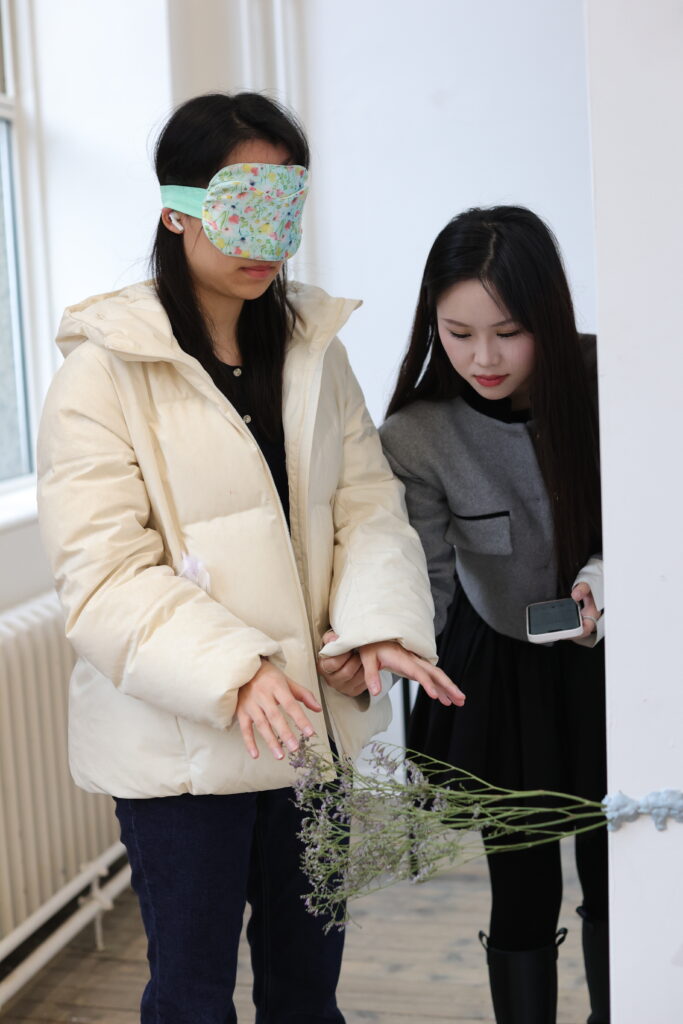
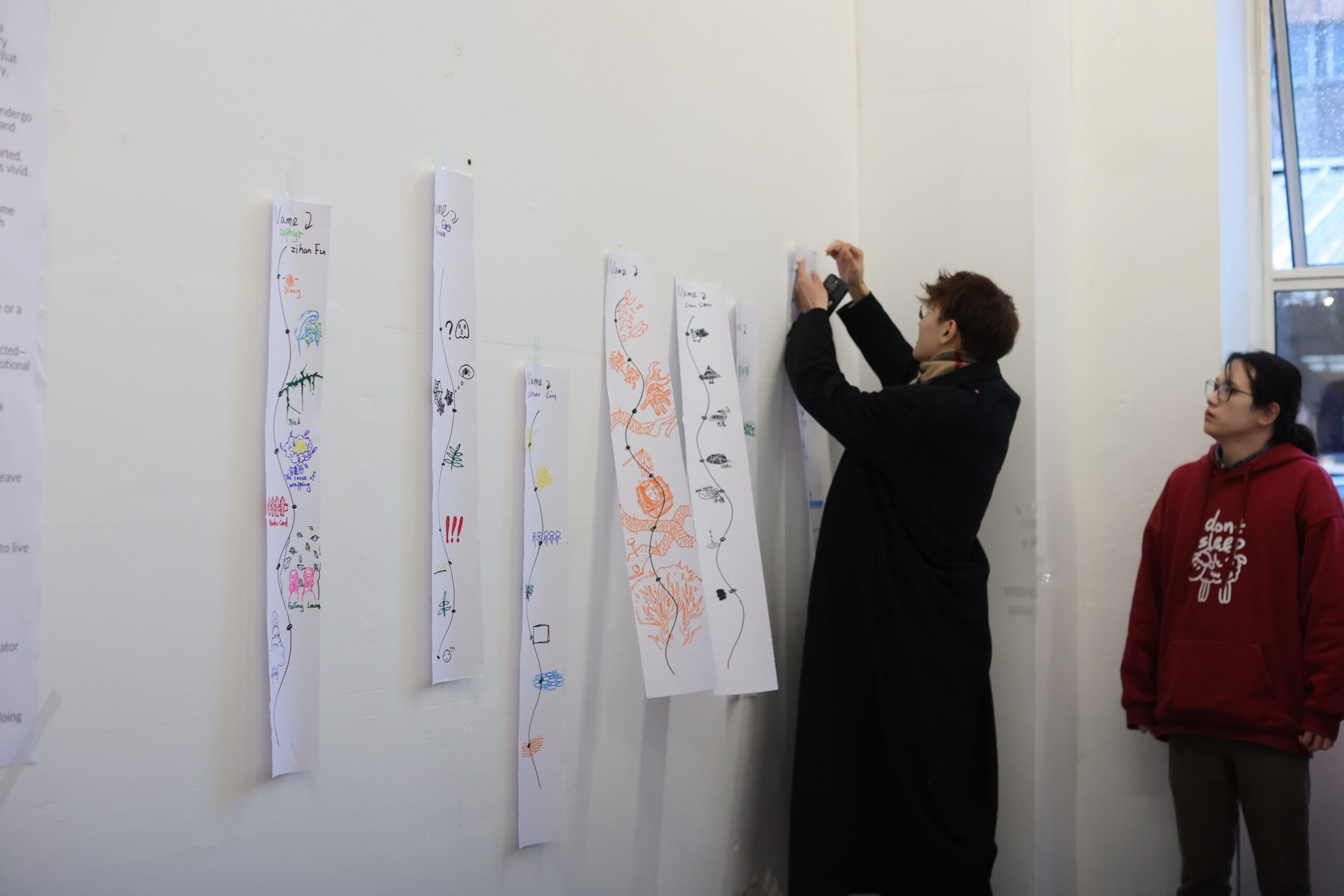
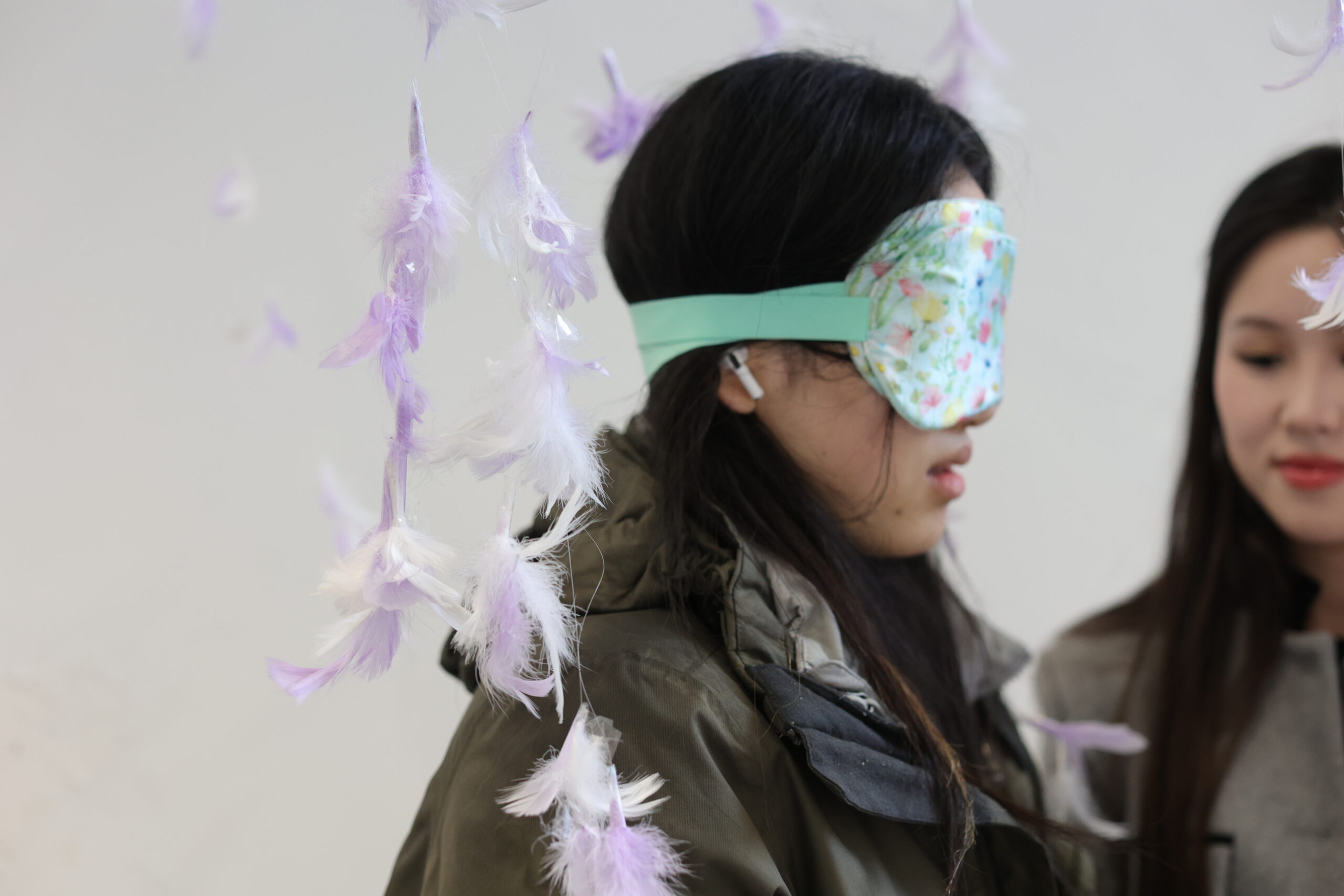 (The photographer of the event photos: Yiran Gu)
(The photographer of the event photos: Yiran Gu)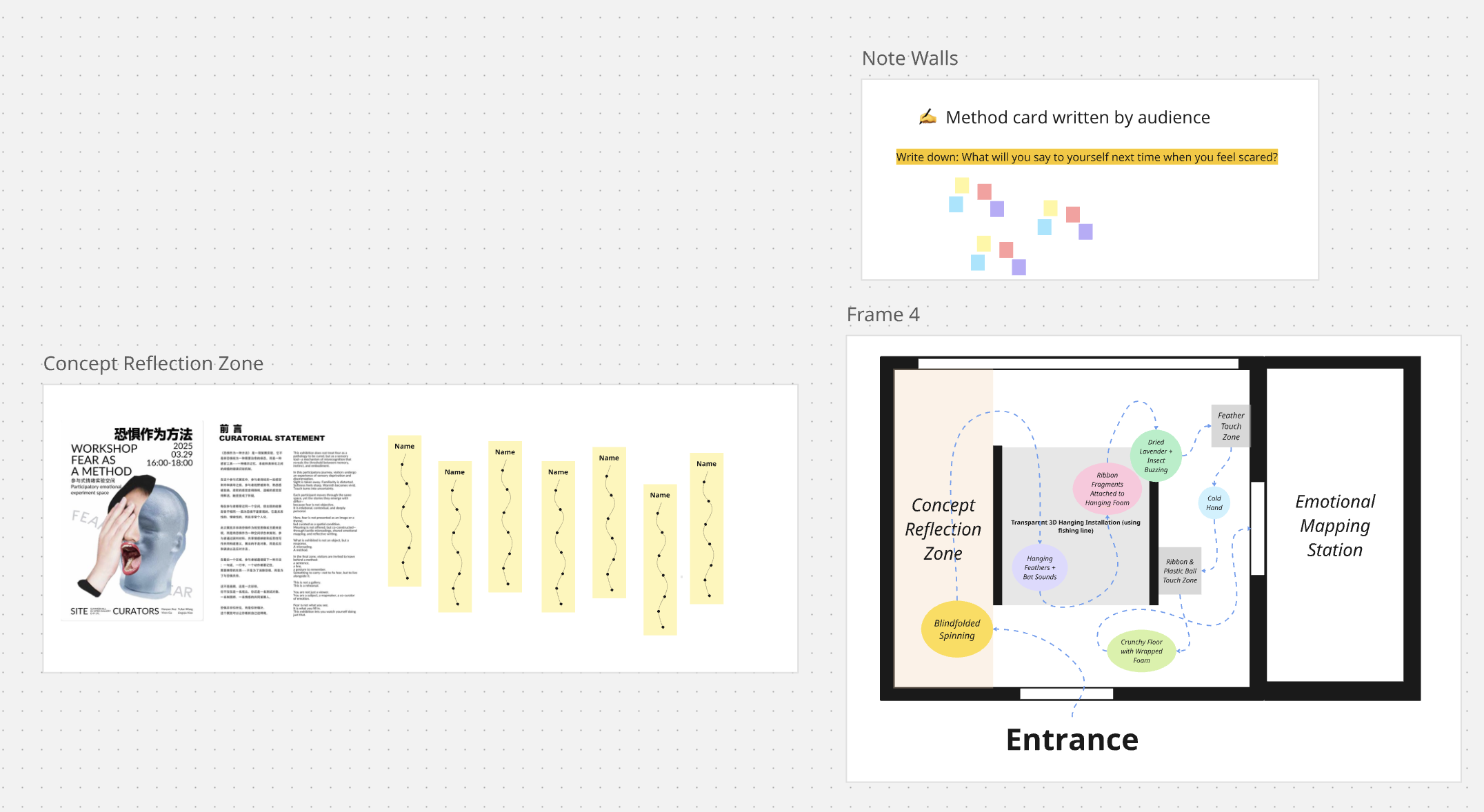
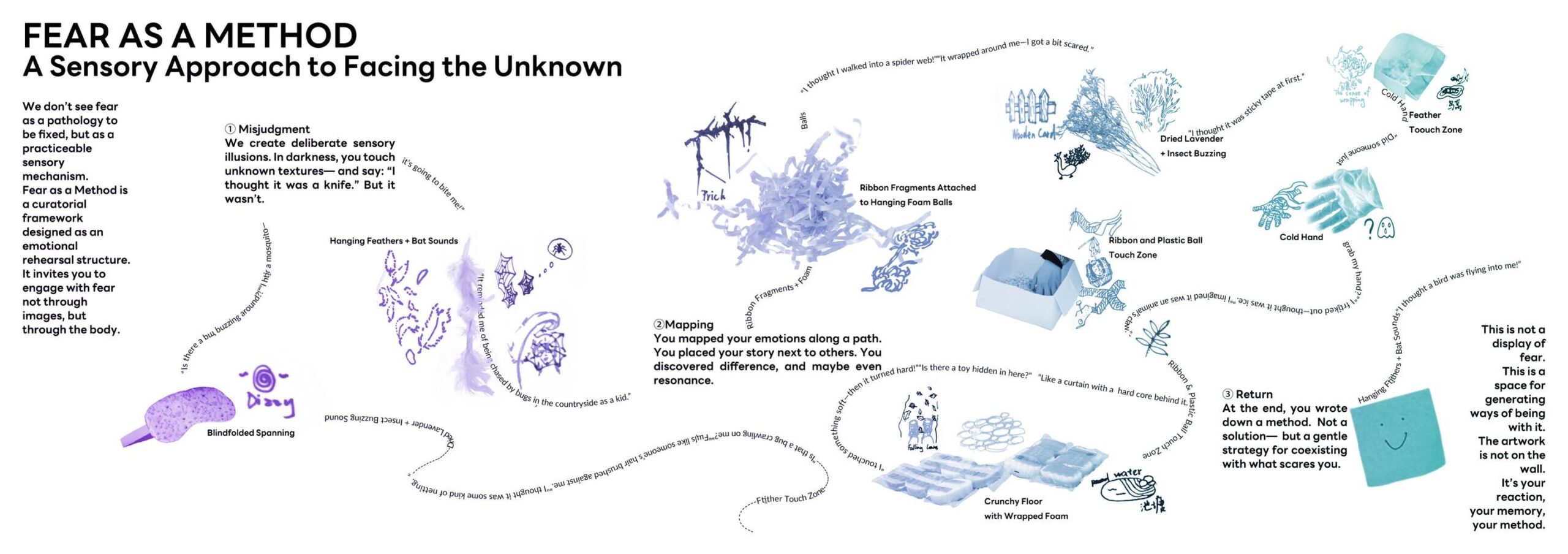
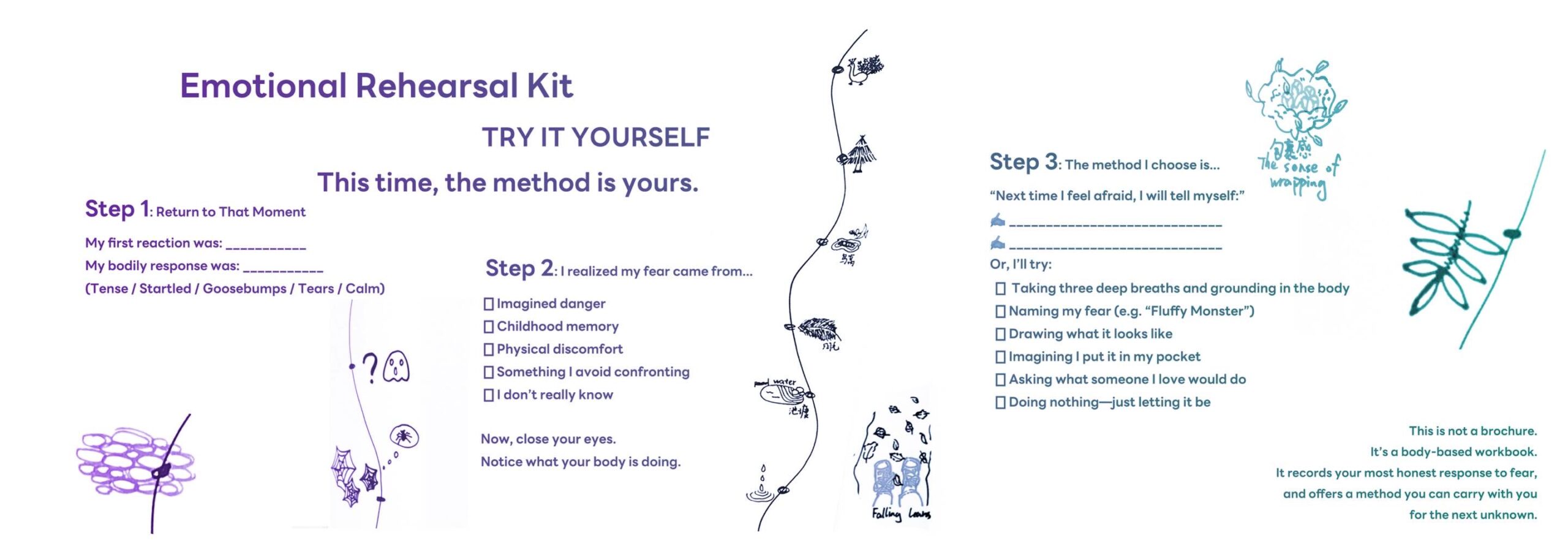
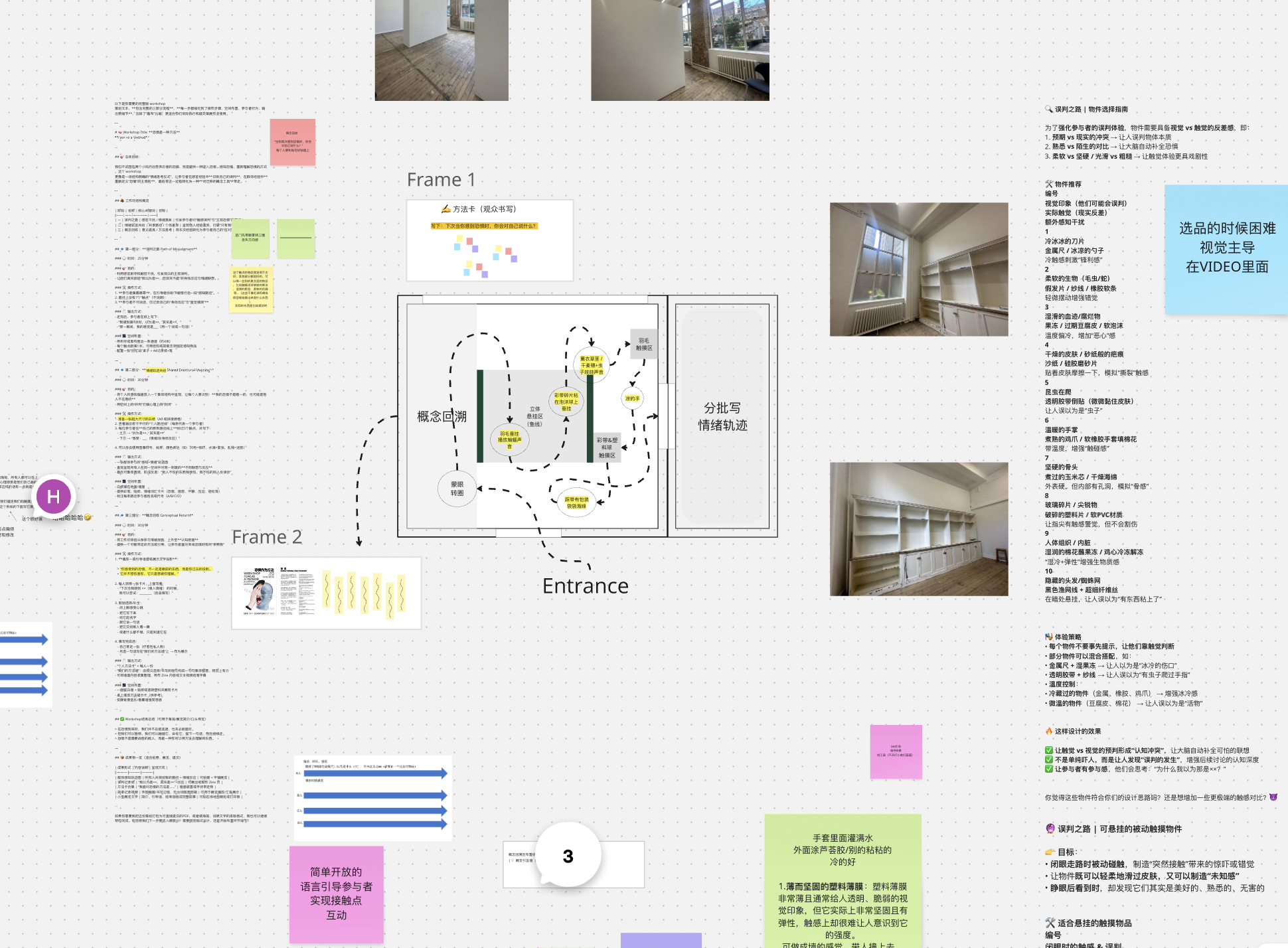
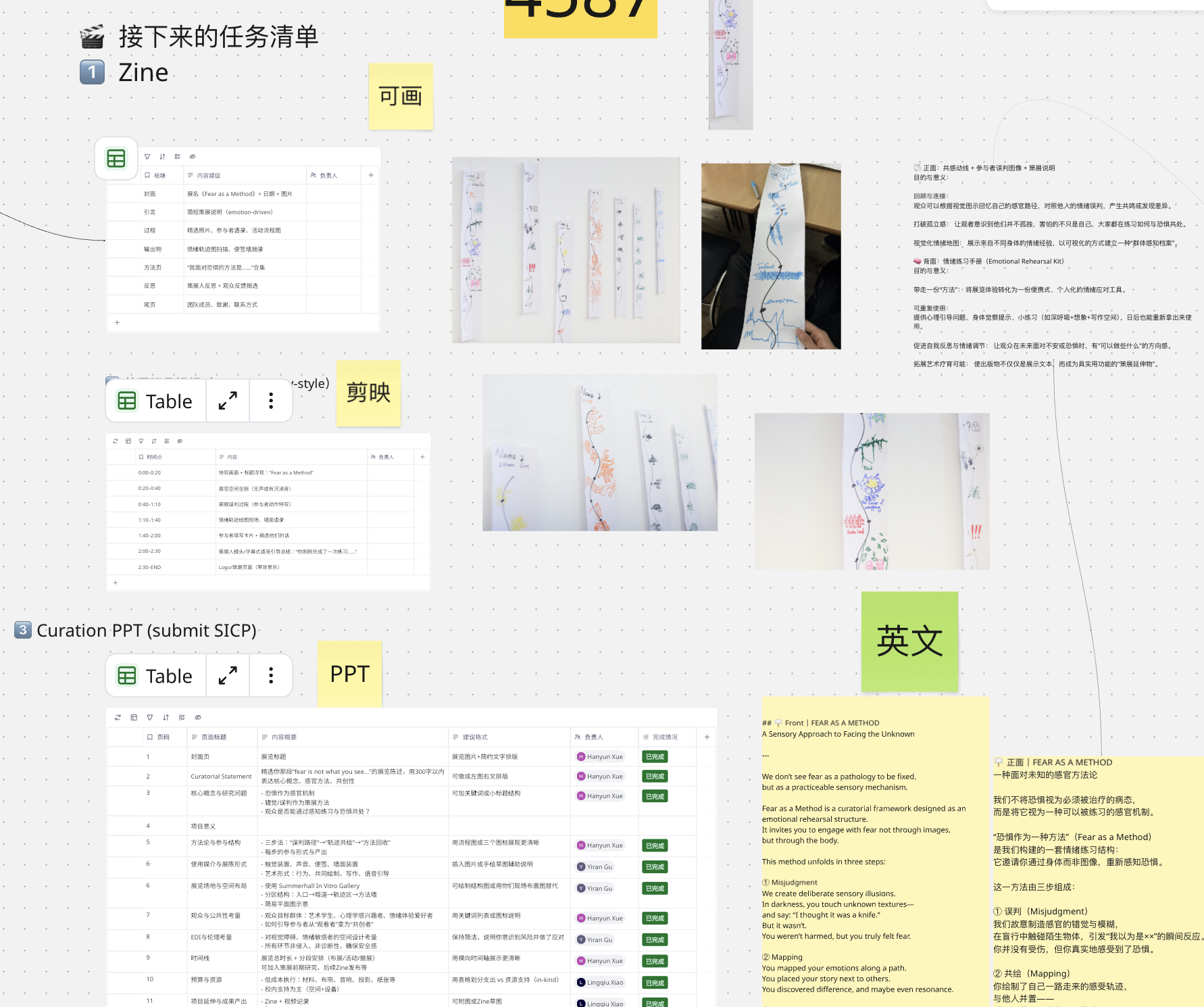 (Miro process map – team discussion and emotional mapping Screenshot from team Miro board, March 2025. Author: Team archive.)
(Miro process map – team discussion and emotional mapping Screenshot from team Miro board, March 2025. Author: Team archive.)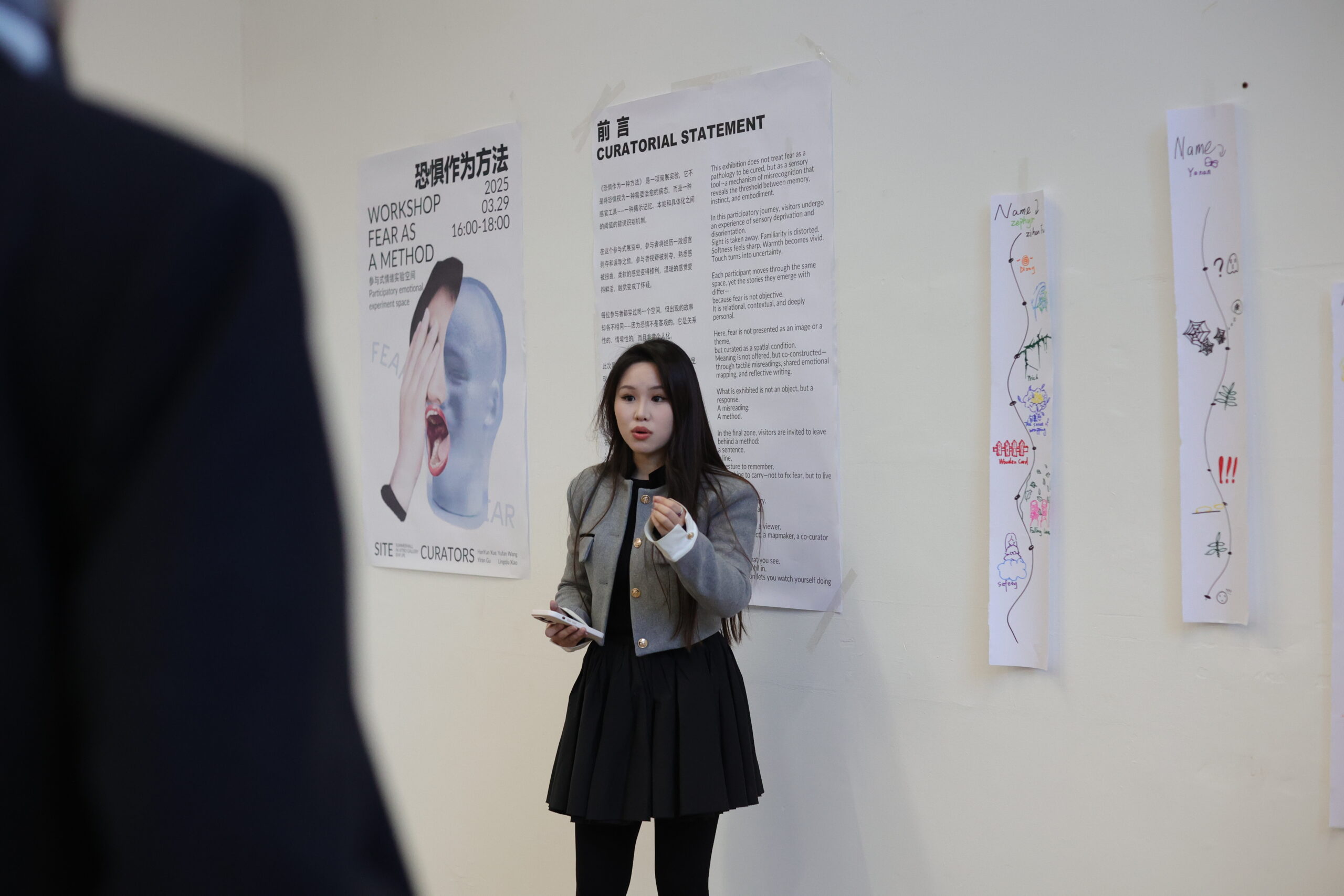
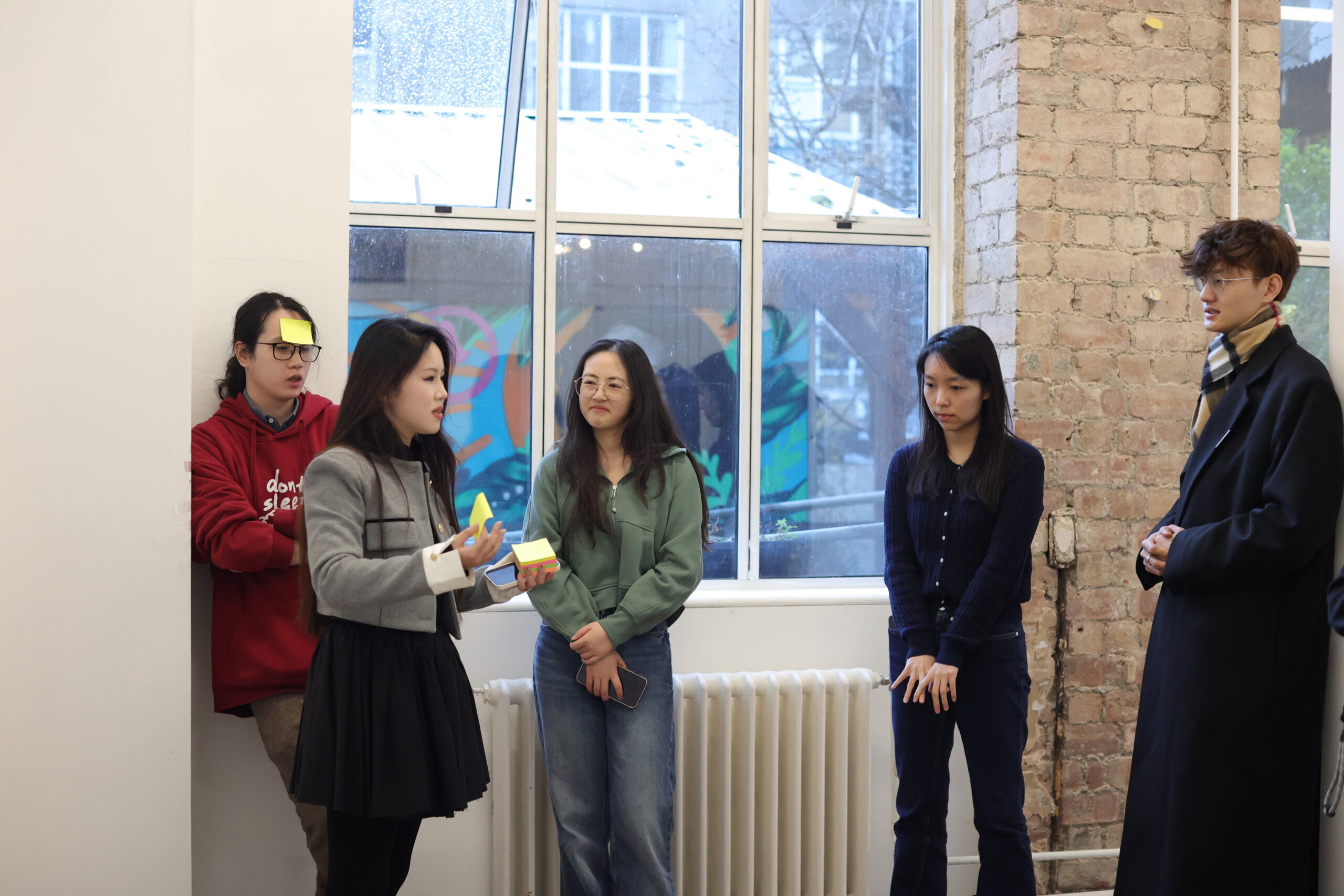
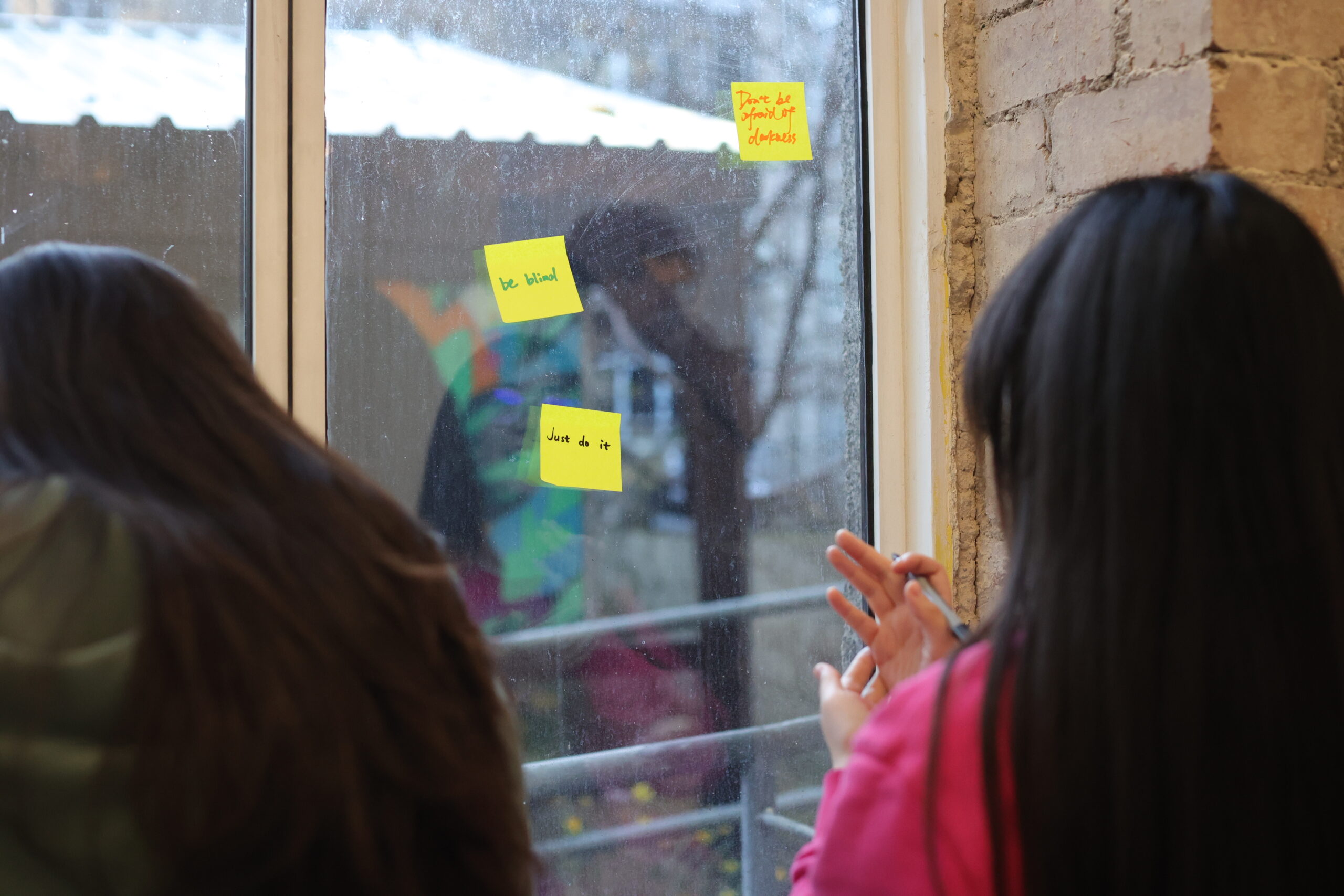

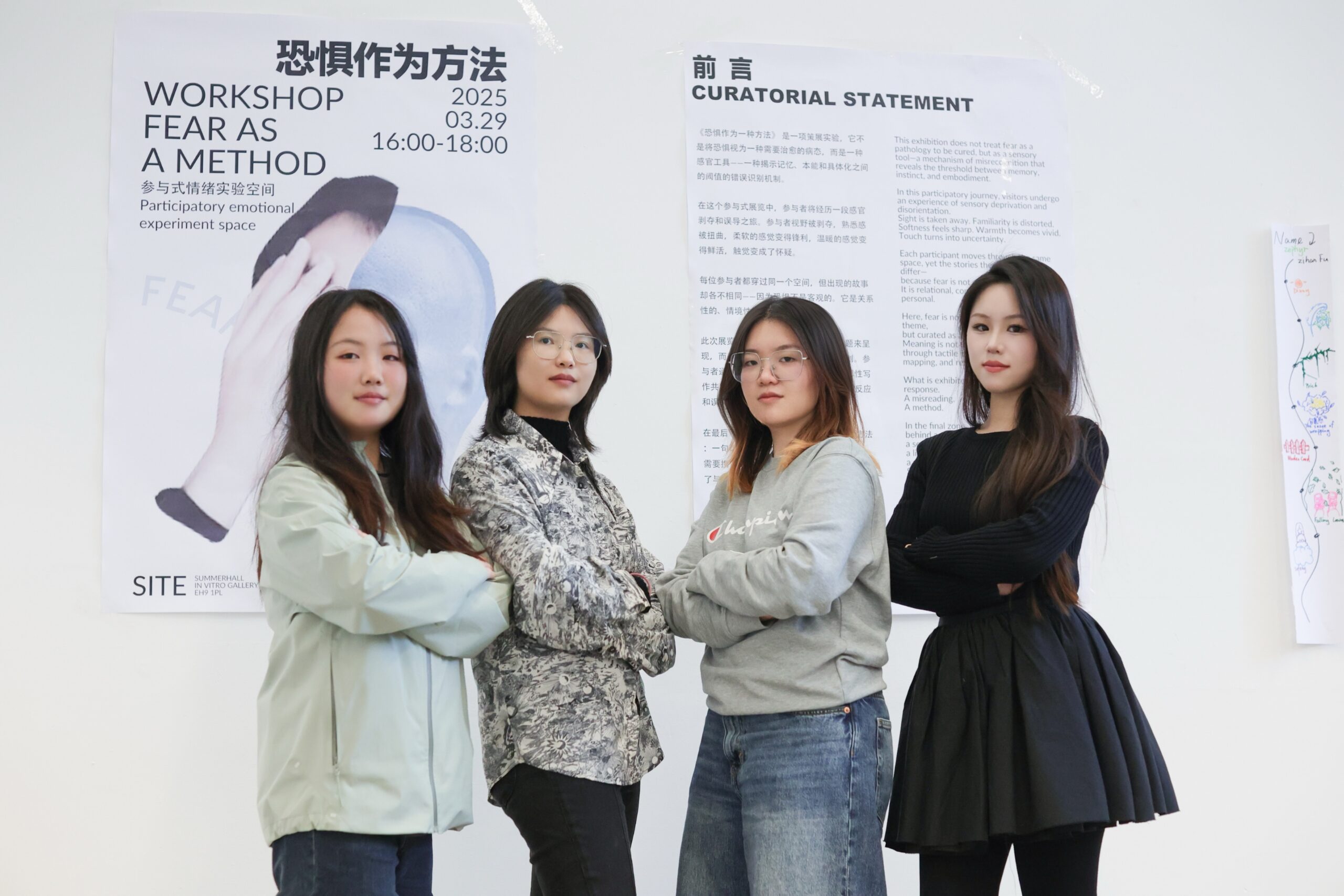
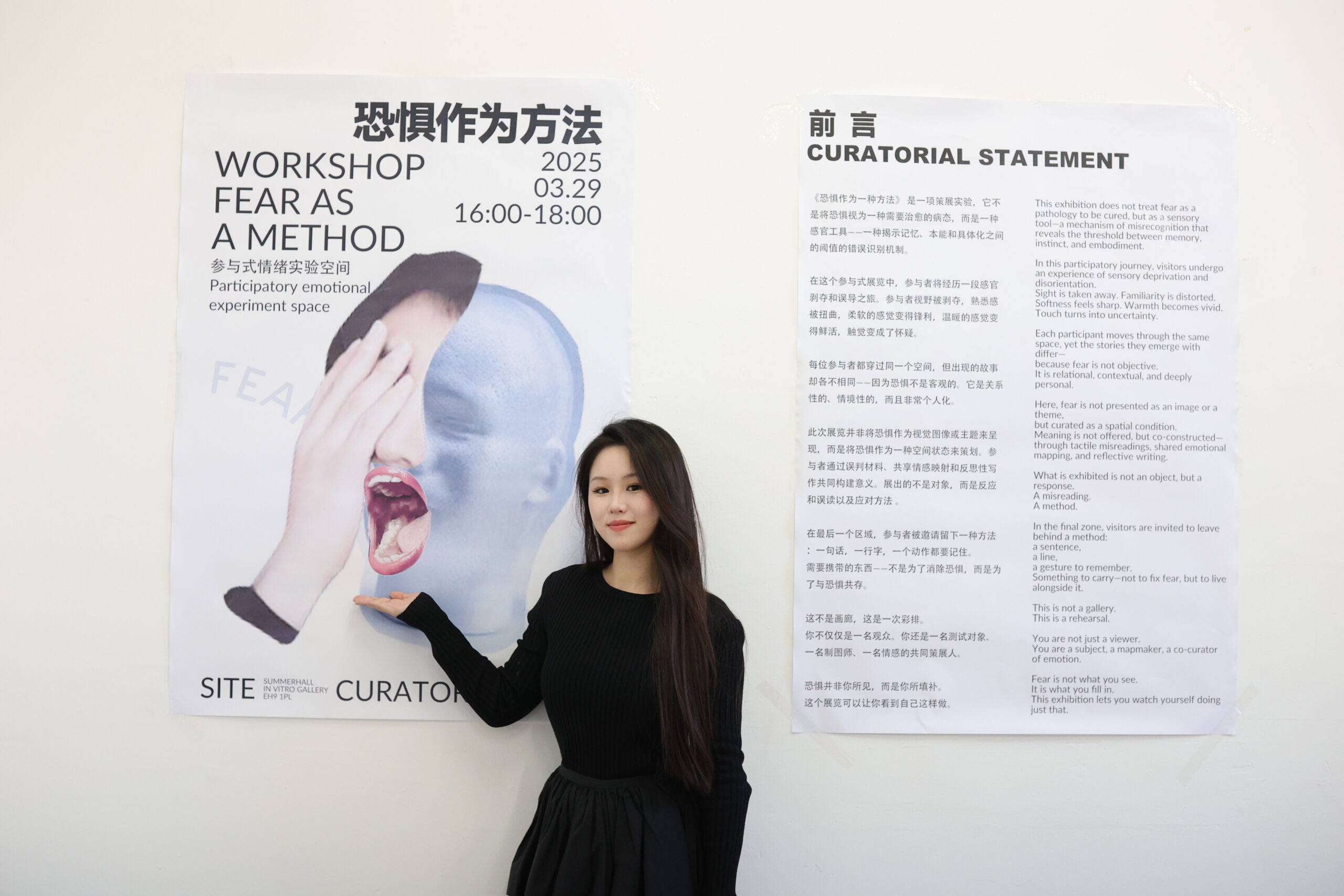
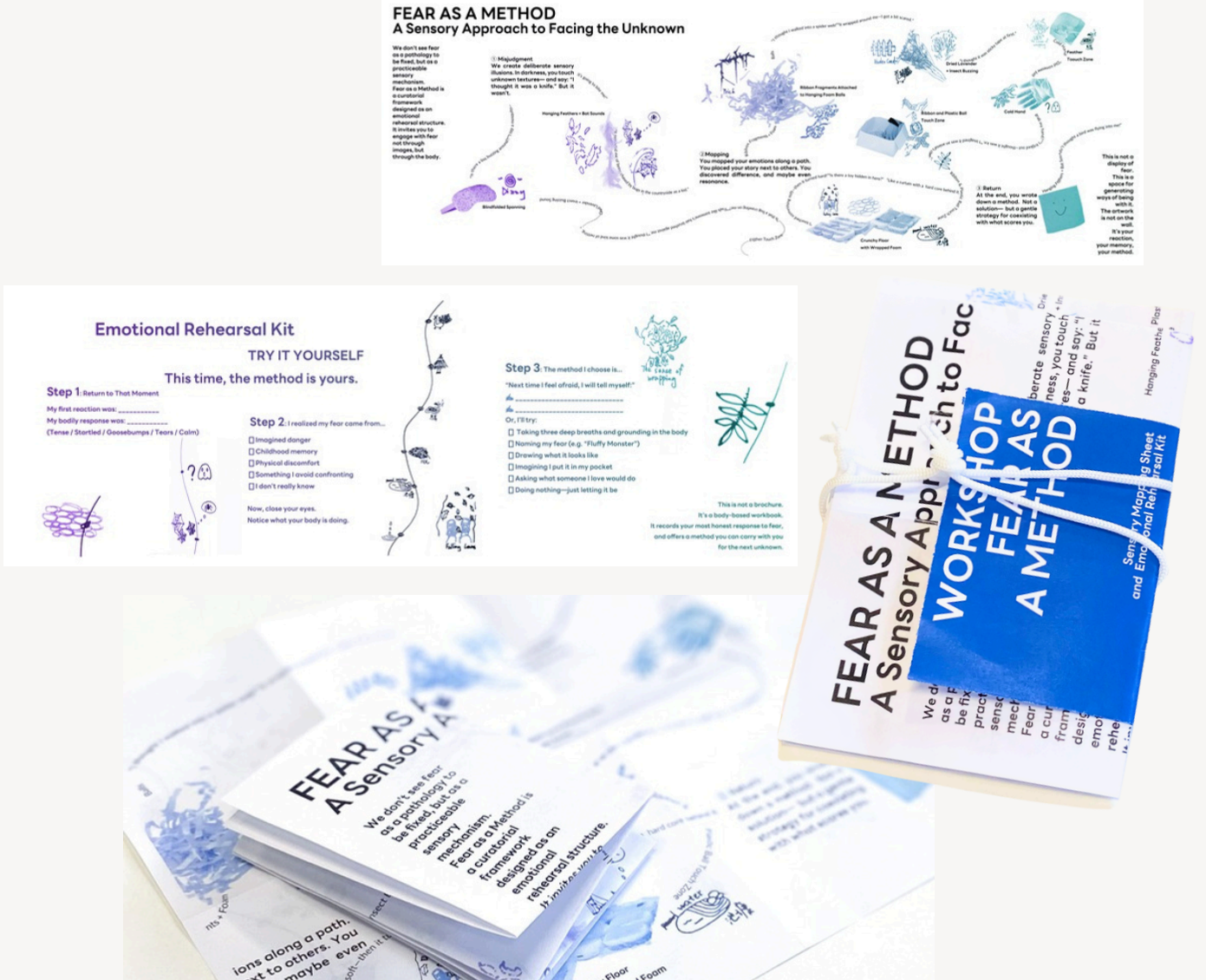
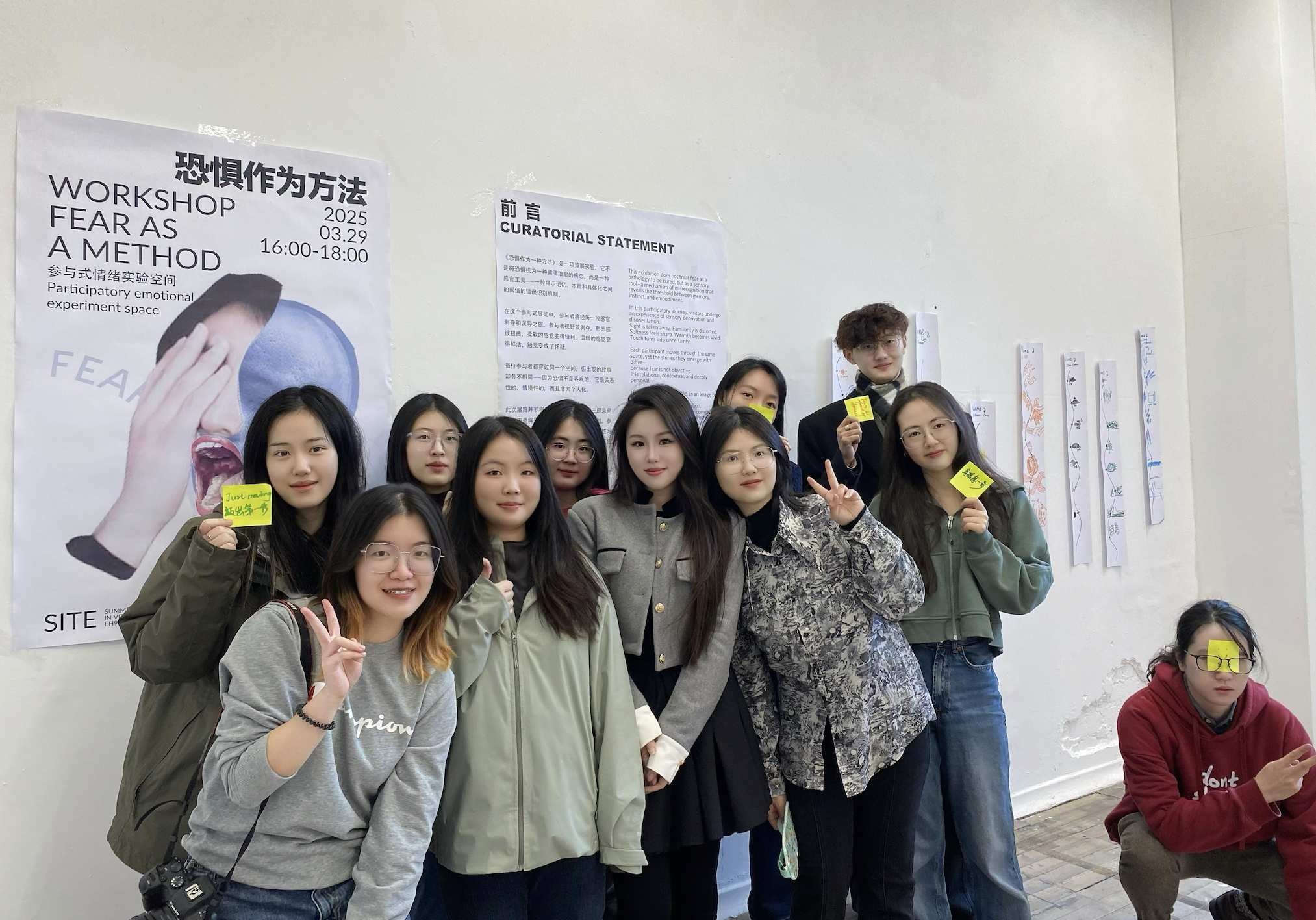

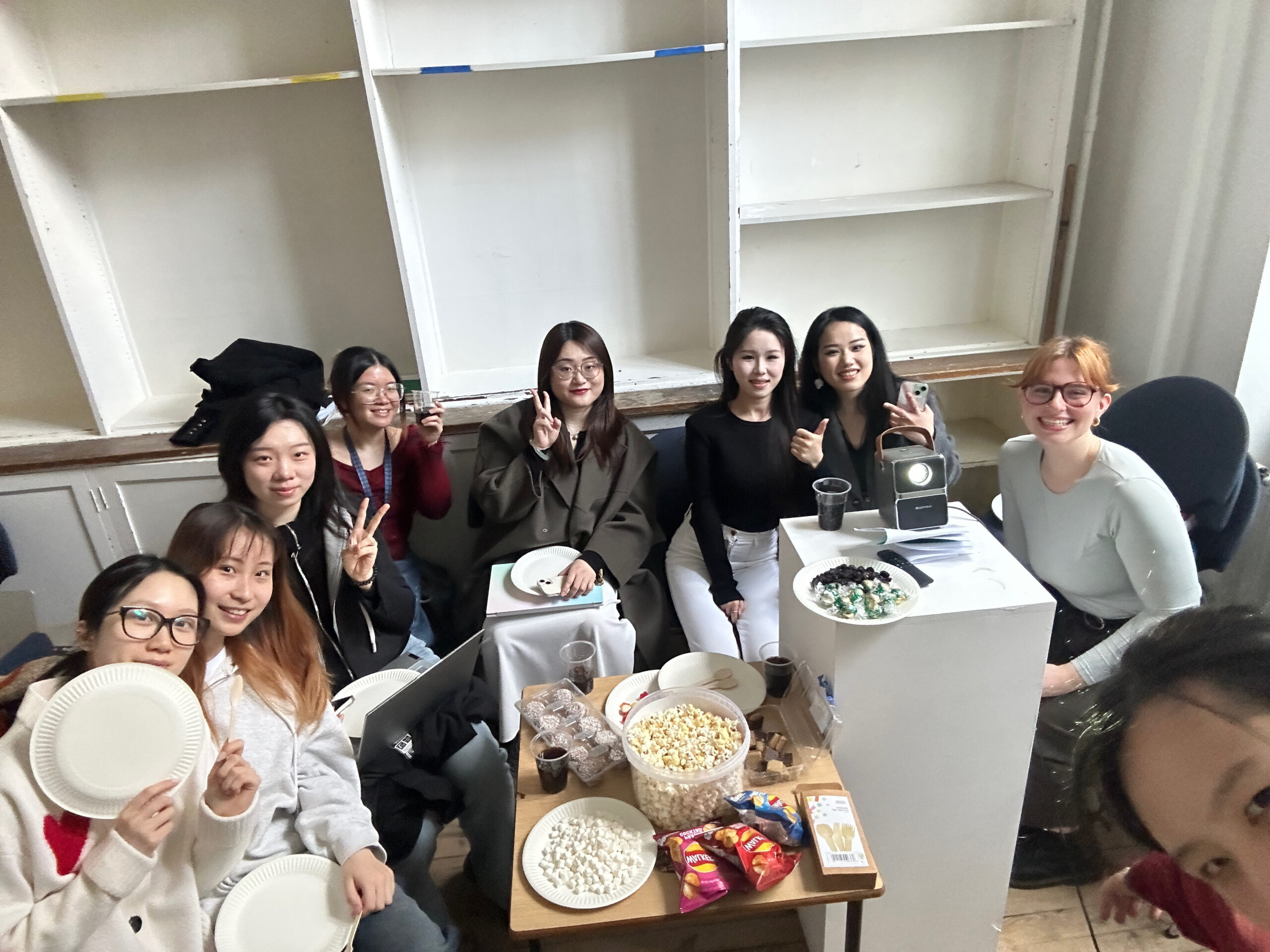
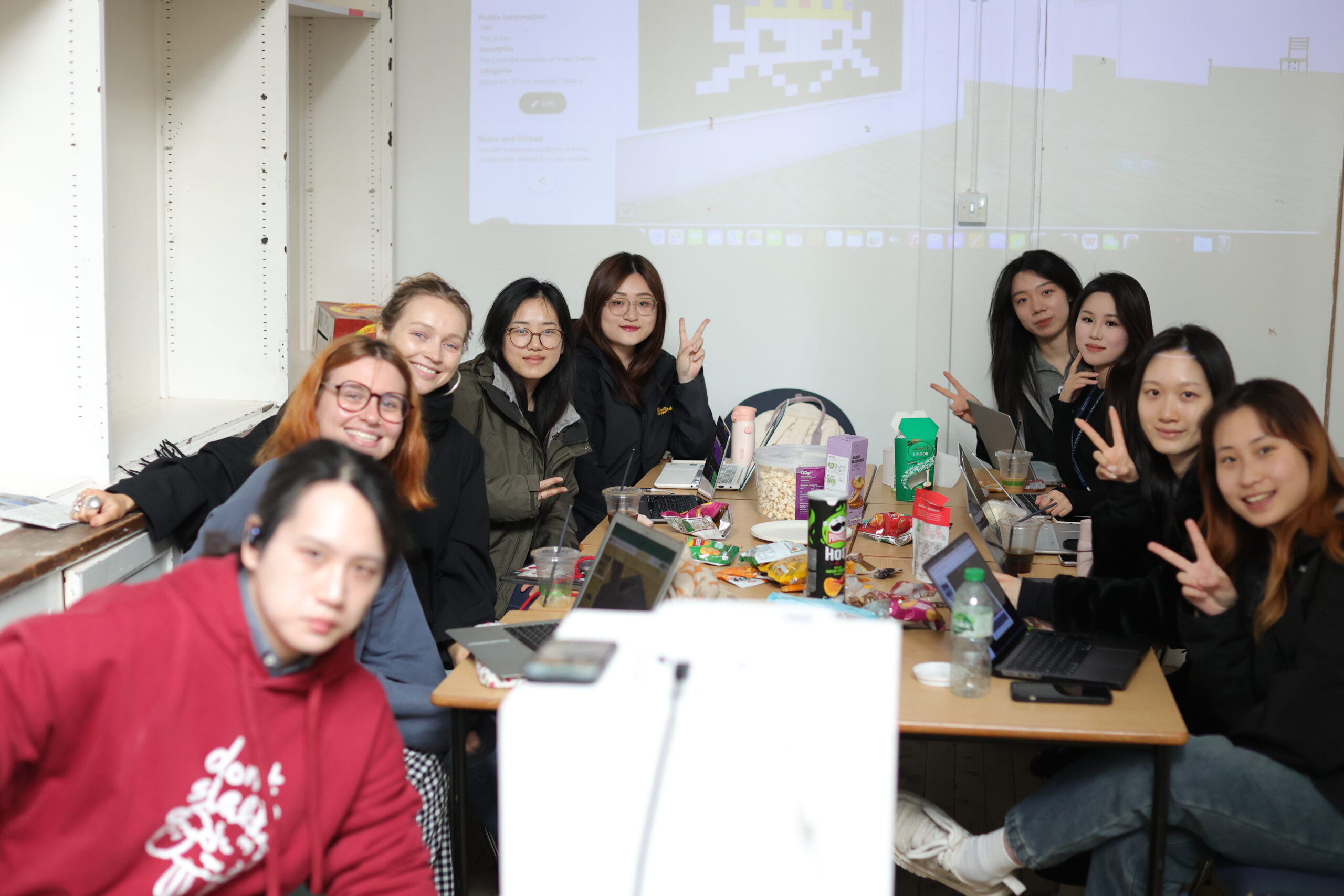
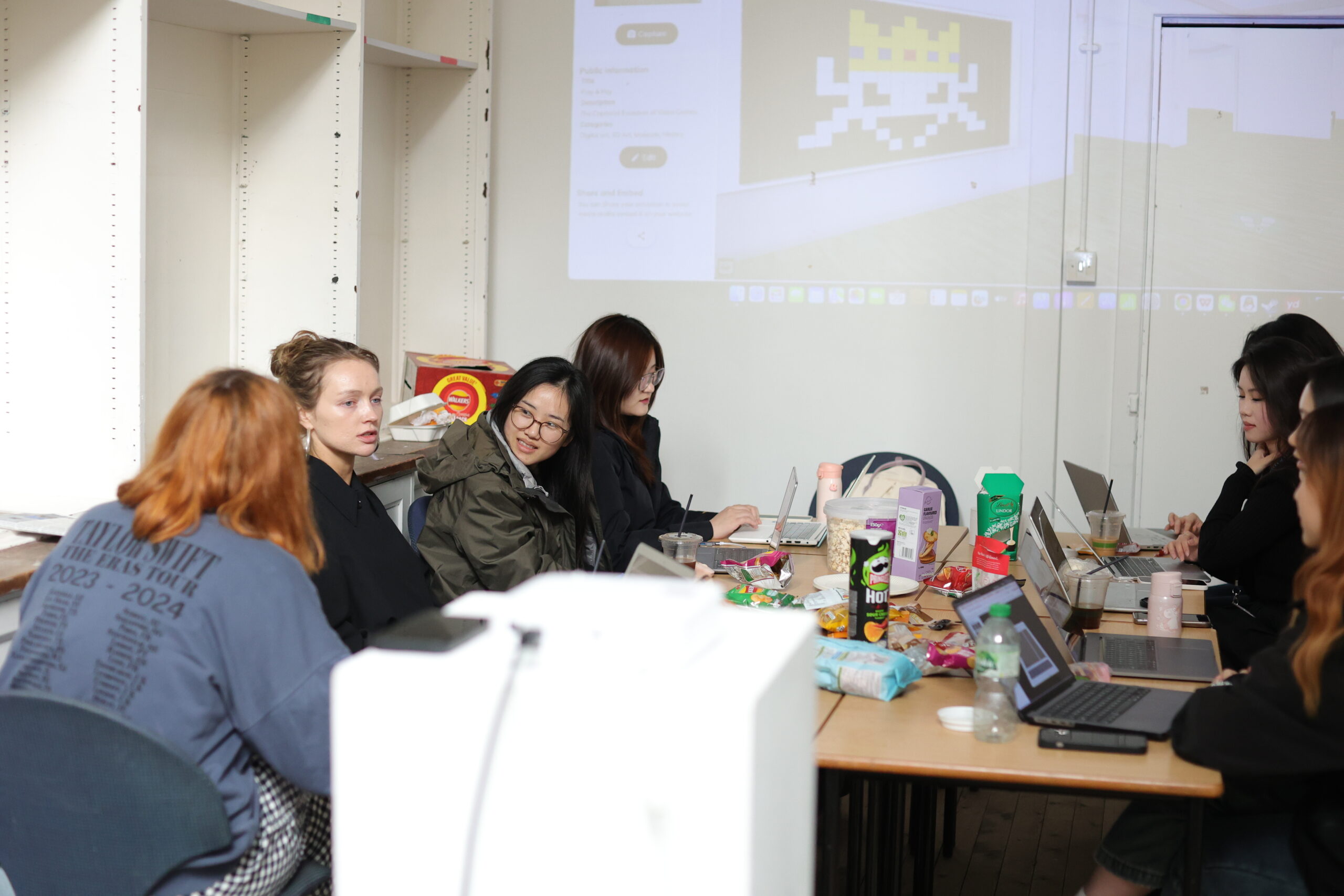
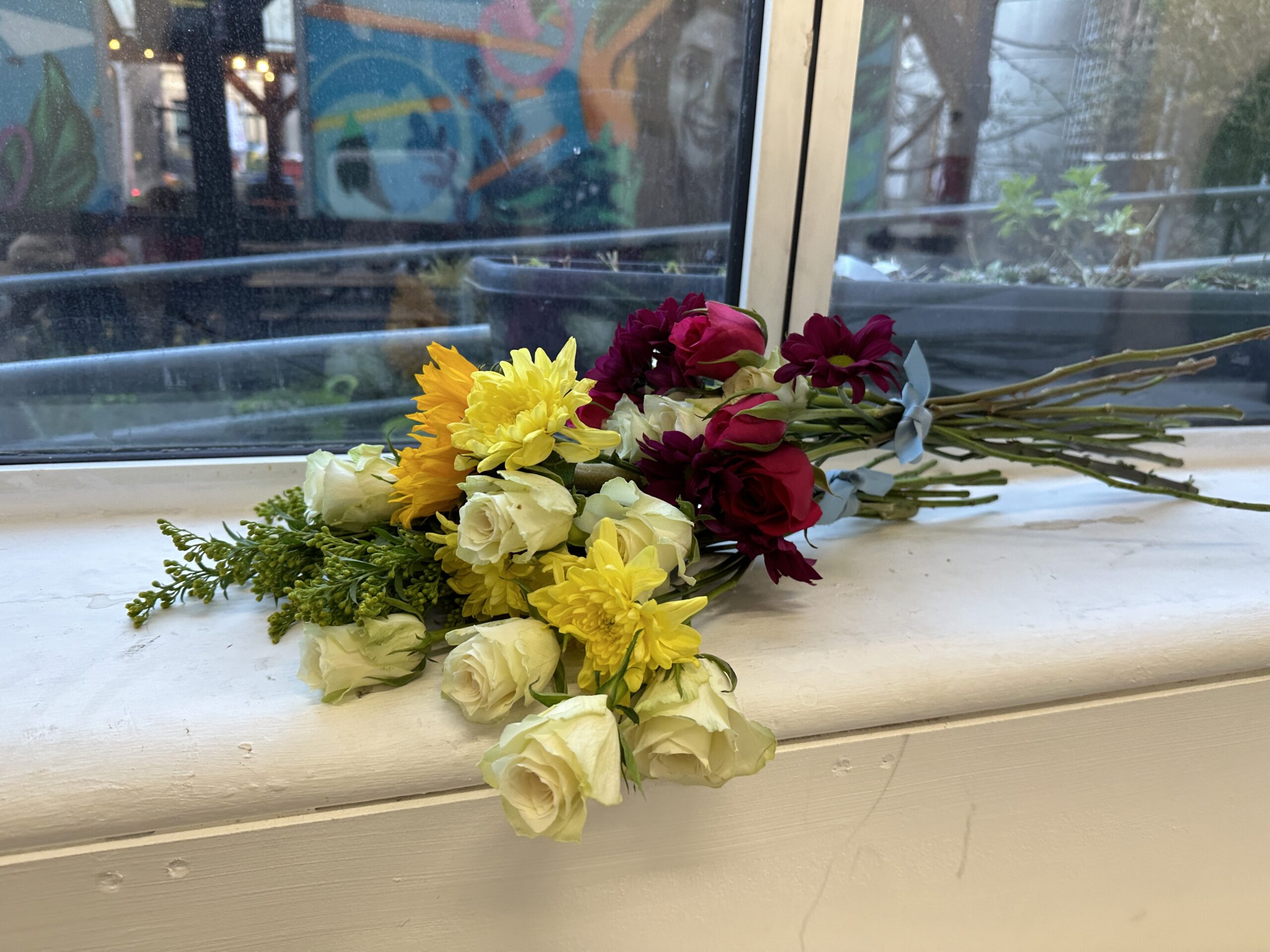
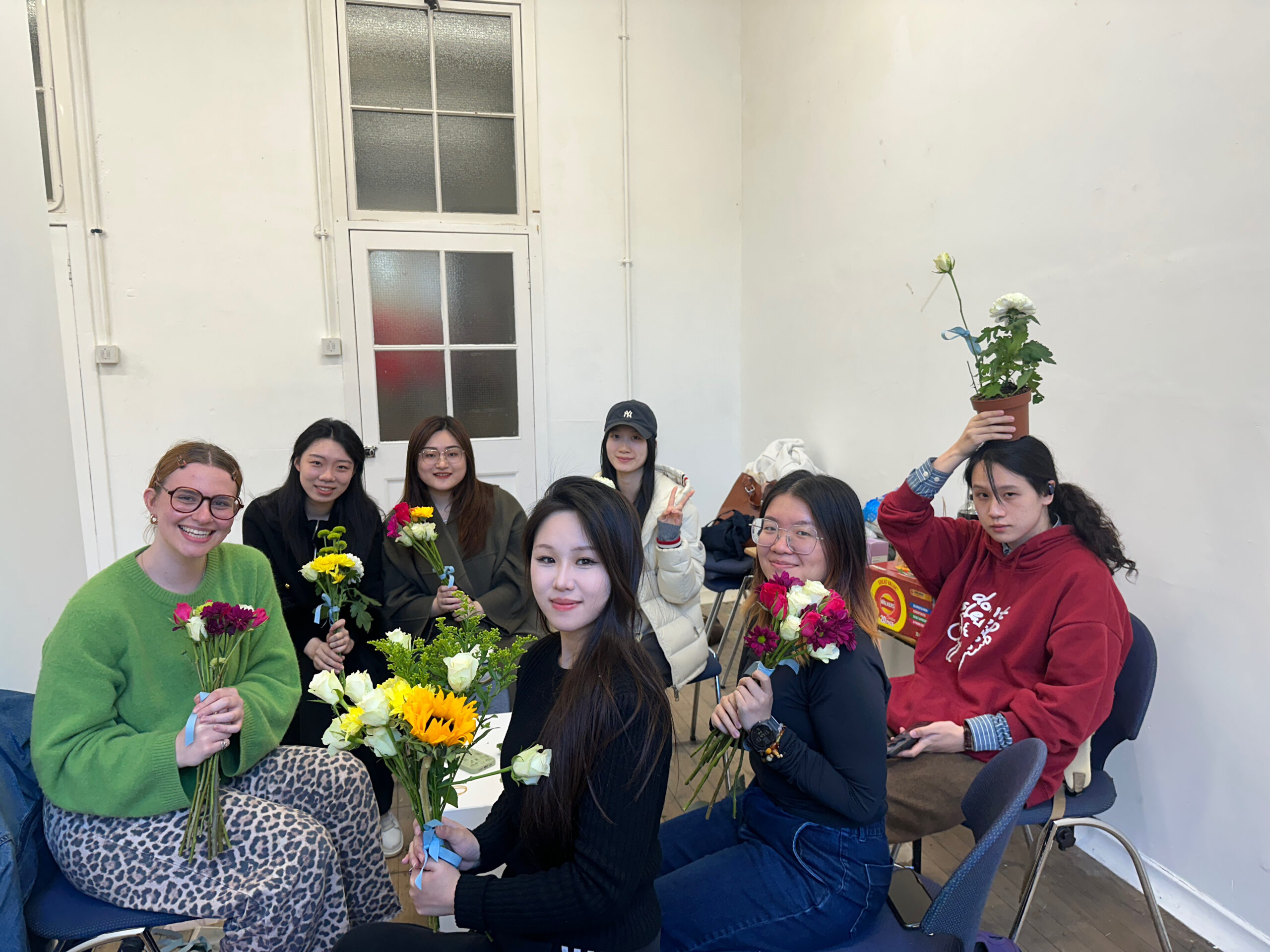
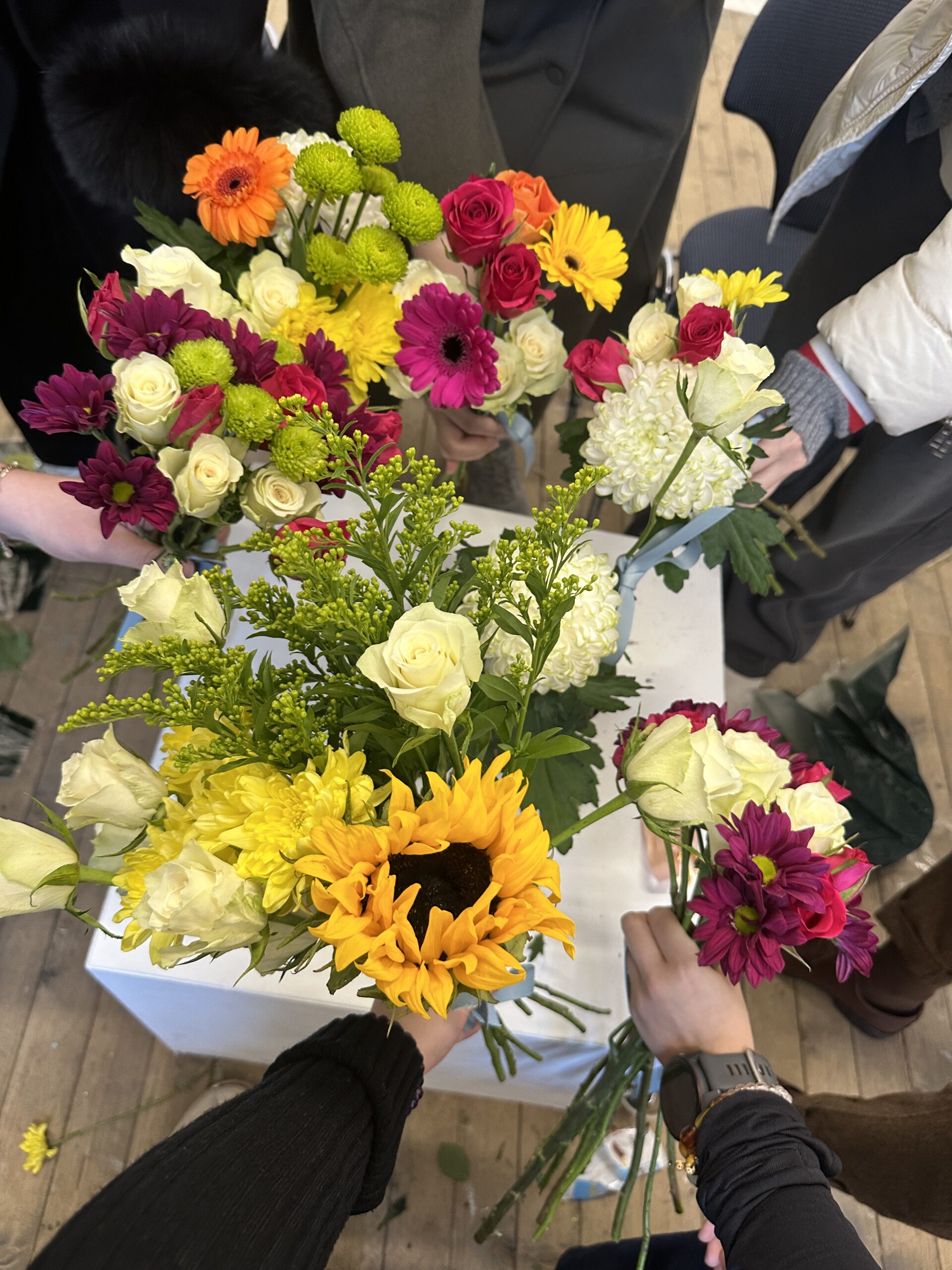
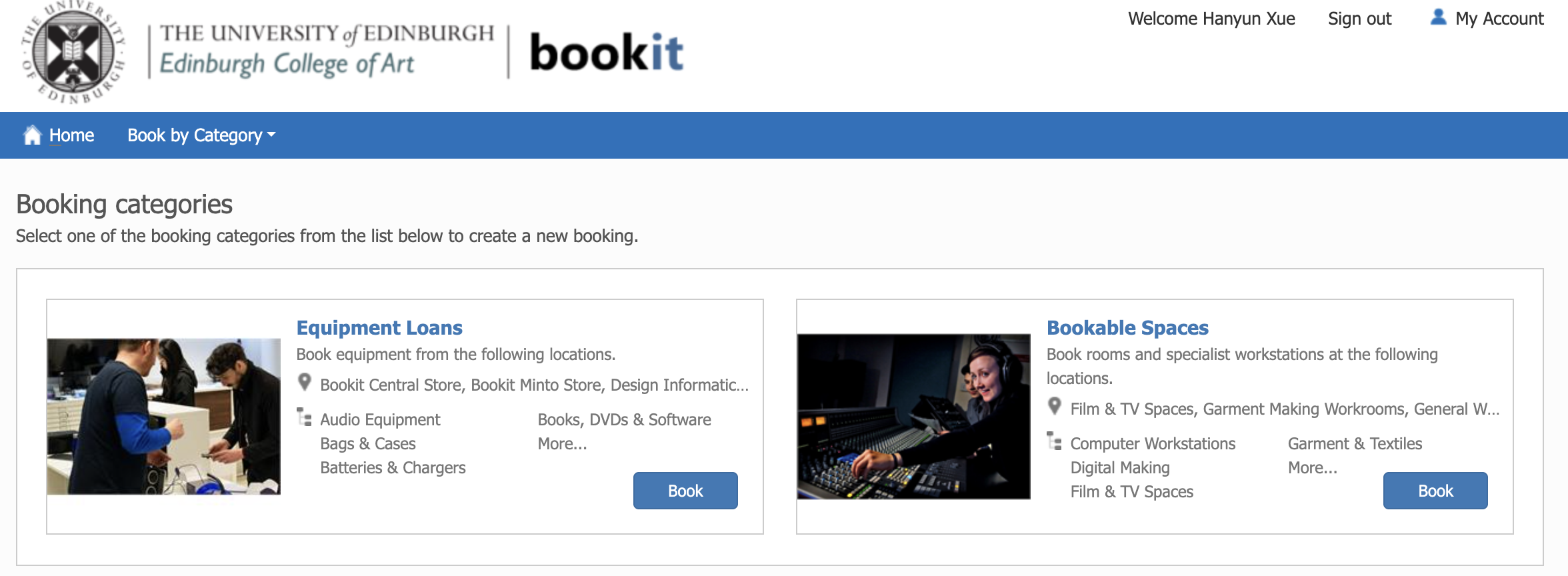
![Home [www.victoriesnautism.com]](https://th.bing.com/th/id/R.b8f4afd386a99f83da117cdc1585f9ed?rik=NFwJMjNv3U0pLw&riu=http%3a%2f%2fwww.victoriesnautism.com%2fuploads%2f4%2f0%2f4%2f0%2f4040527%2f9118470_orig.png&ehk=vzG%2bDm1Bh231I9%2flBWhKI2EQ77dMYvfxNX%2bAa7s1IoY%3d&risl=&pid=ImgRaw&r=0)
 (Myзeй coвpeMeHHoгo иcKyccтвa -Participatory Art Practices)
(Myзeй coвpeMeHHoгo иcKyccтвa -Participatory Art Practices)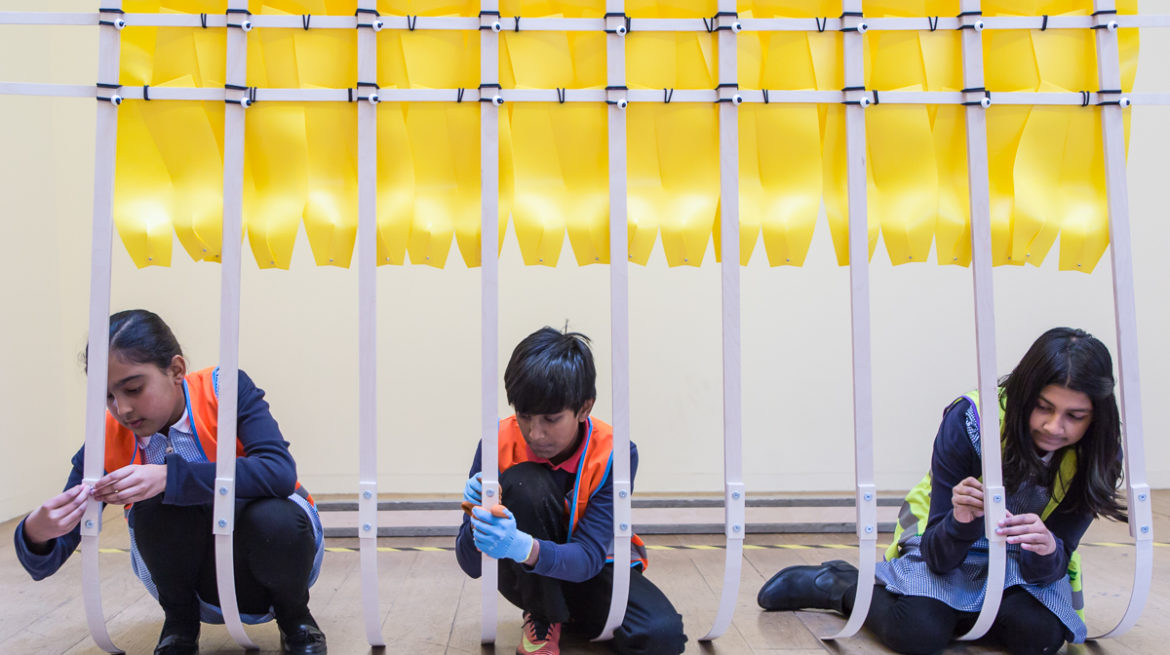 (How to… Curate Participatory Art Projects – Schools and Teachers
(How to… Curate Participatory Art Projects – Schools and Teachers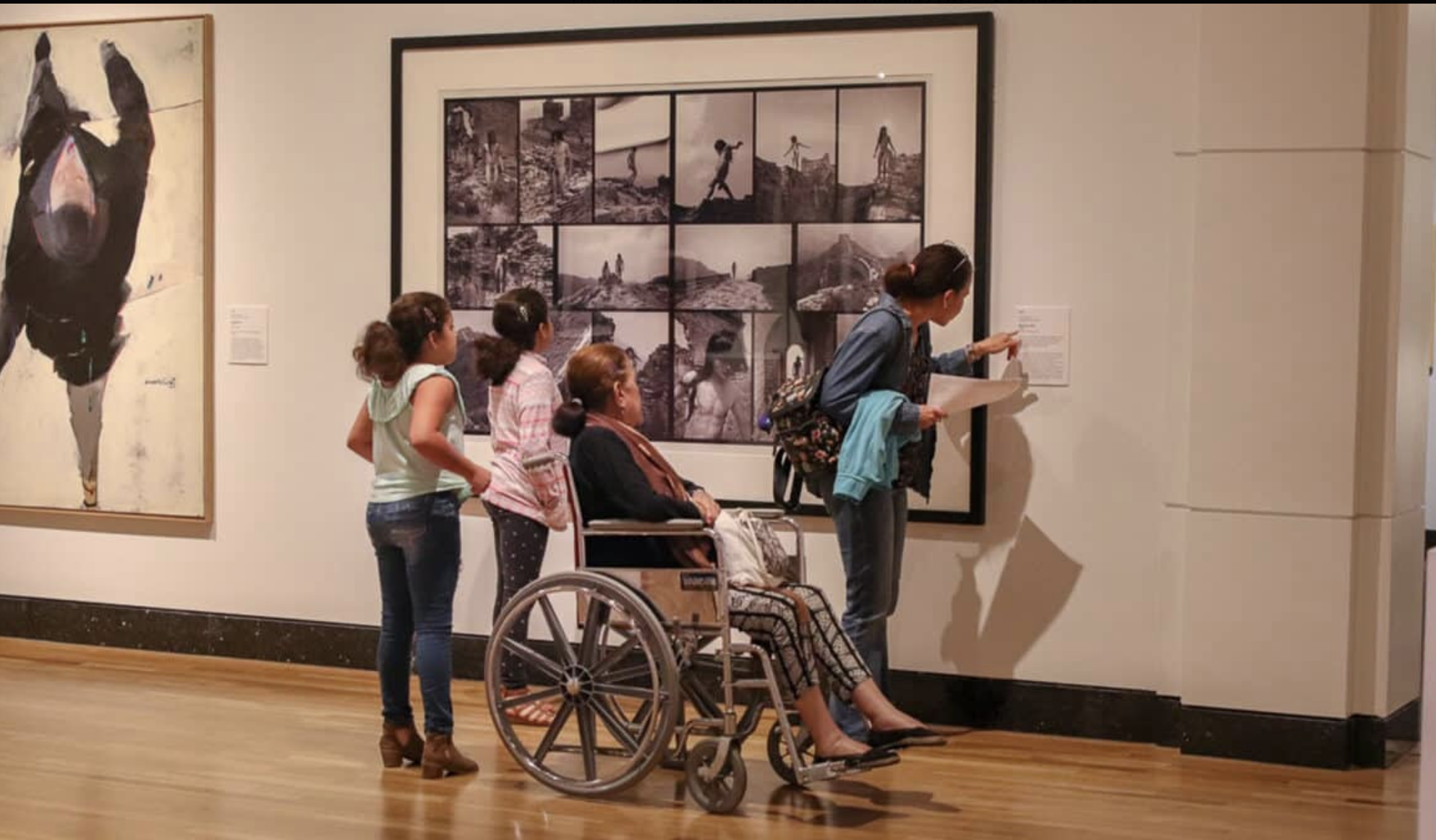
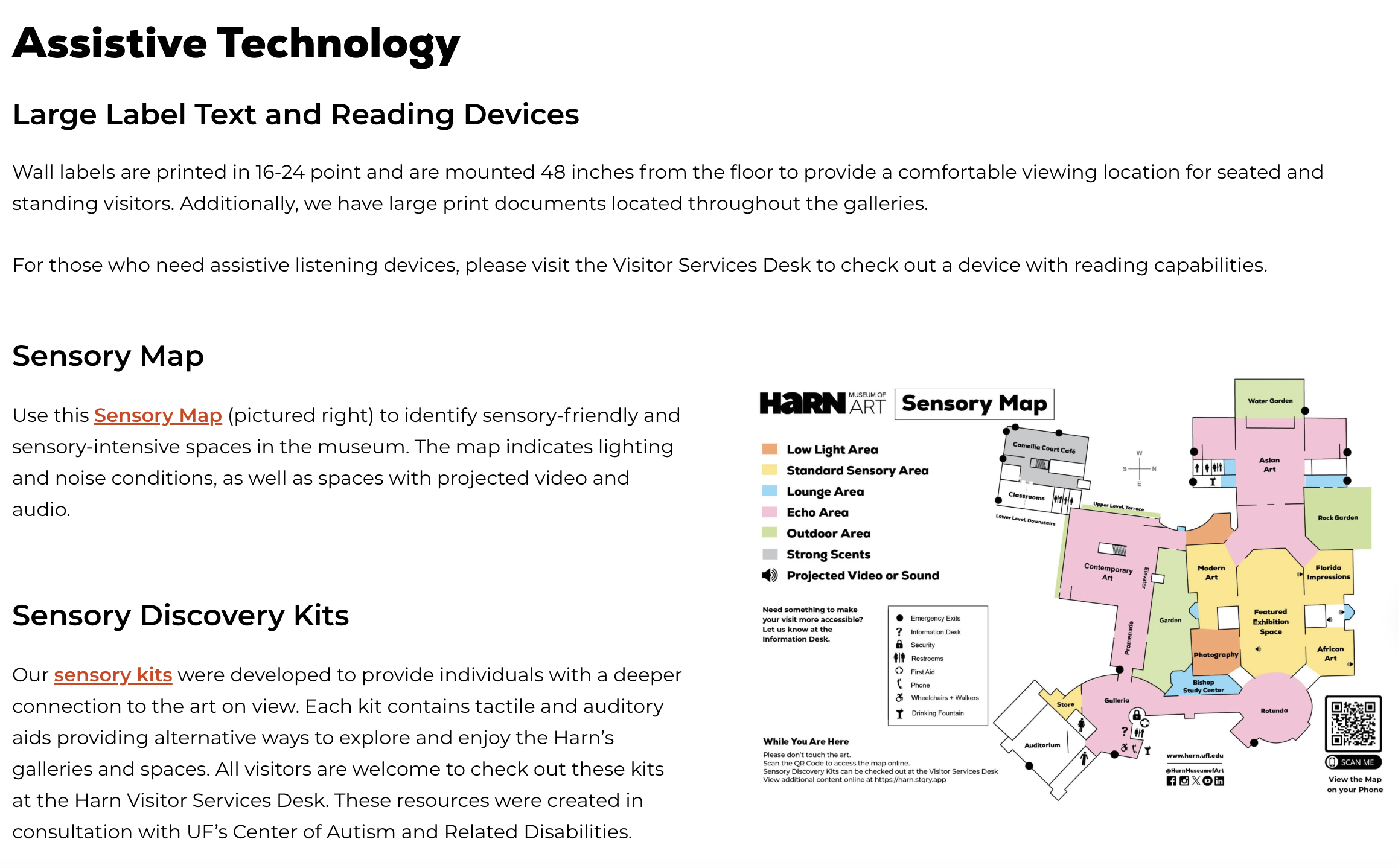 (Accessibility-Inclusive Art Museum -Harn Museum of Art)
(Accessibility-Inclusive Art Museum -Harn Museum of Art)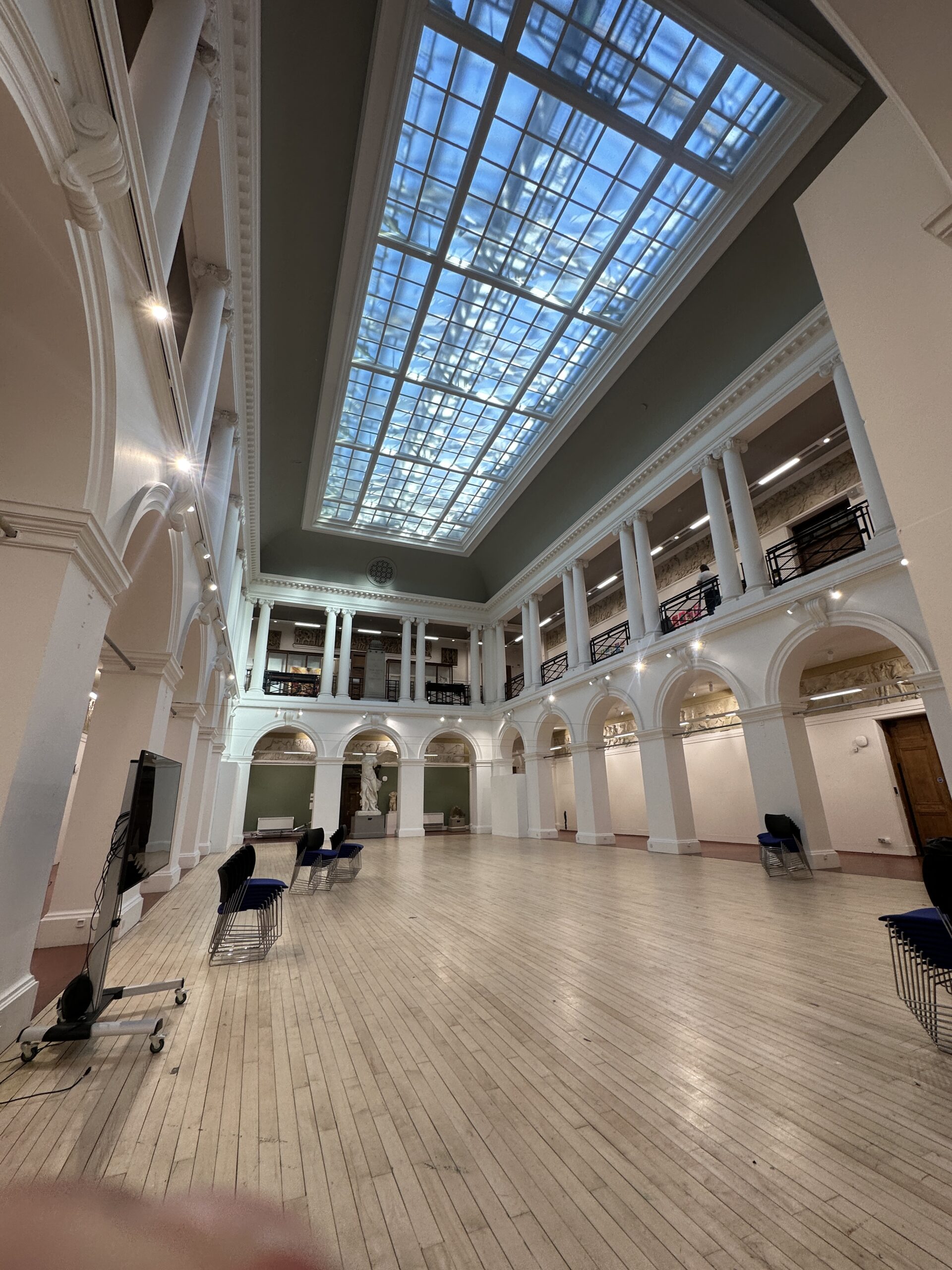
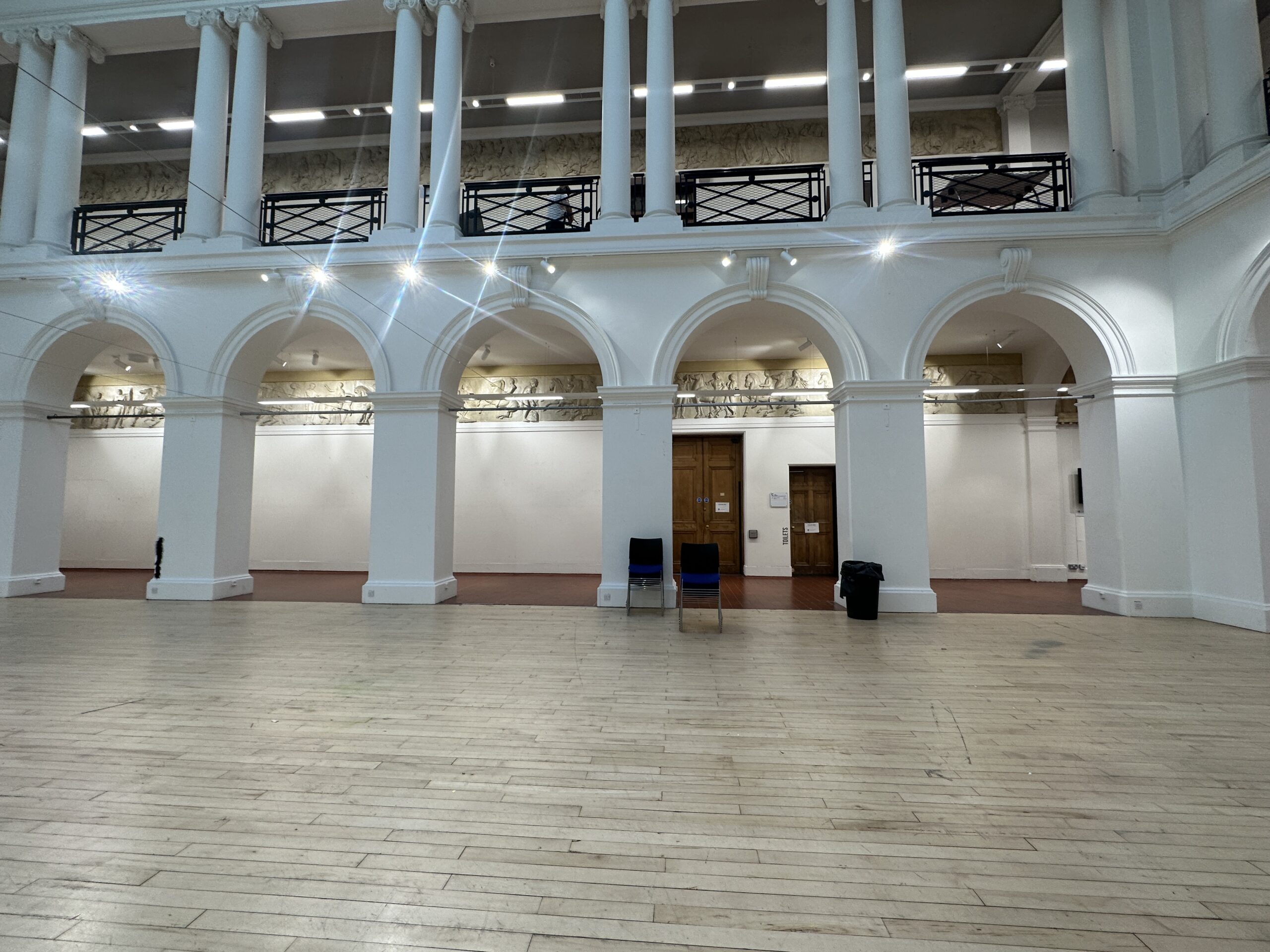

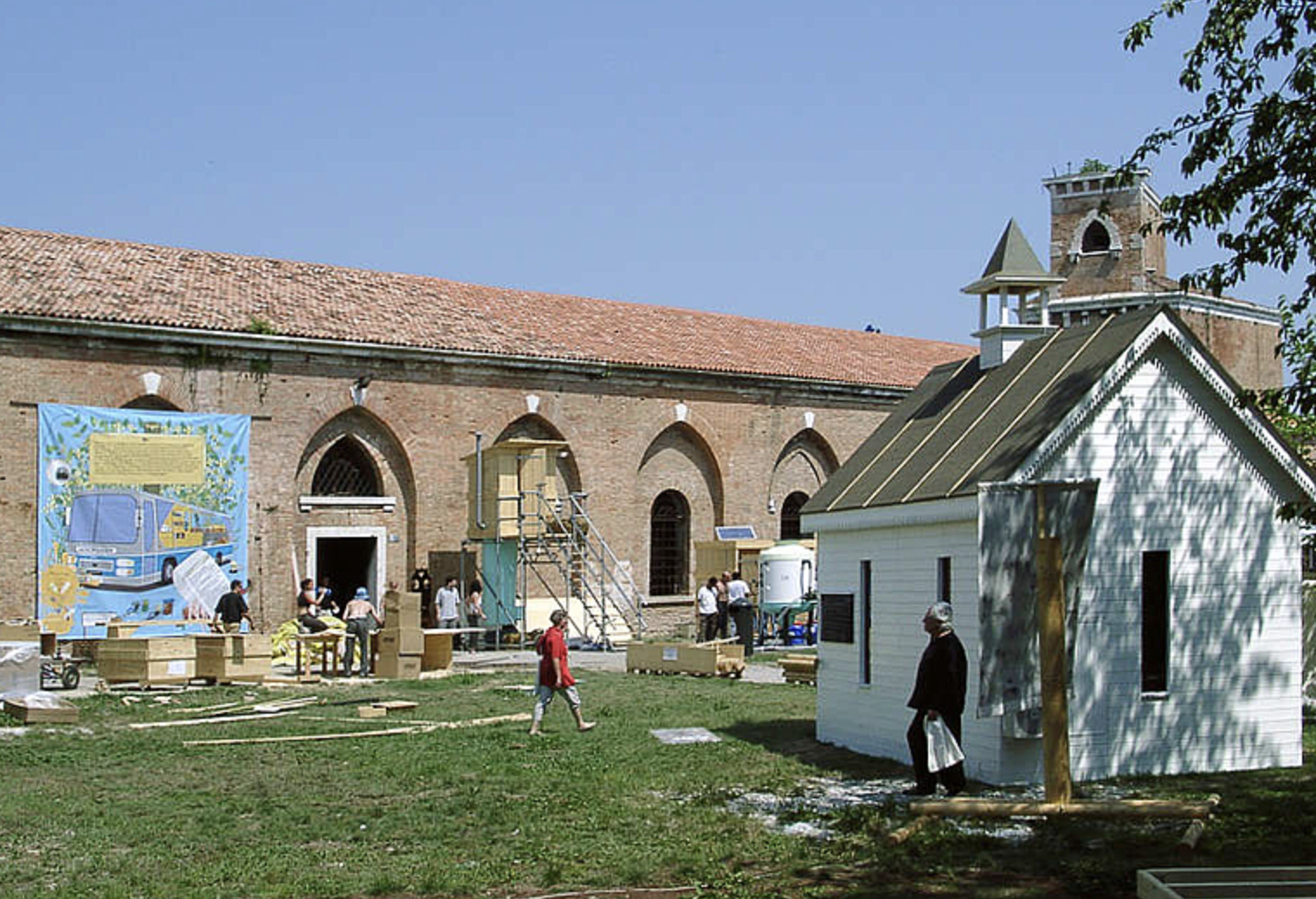
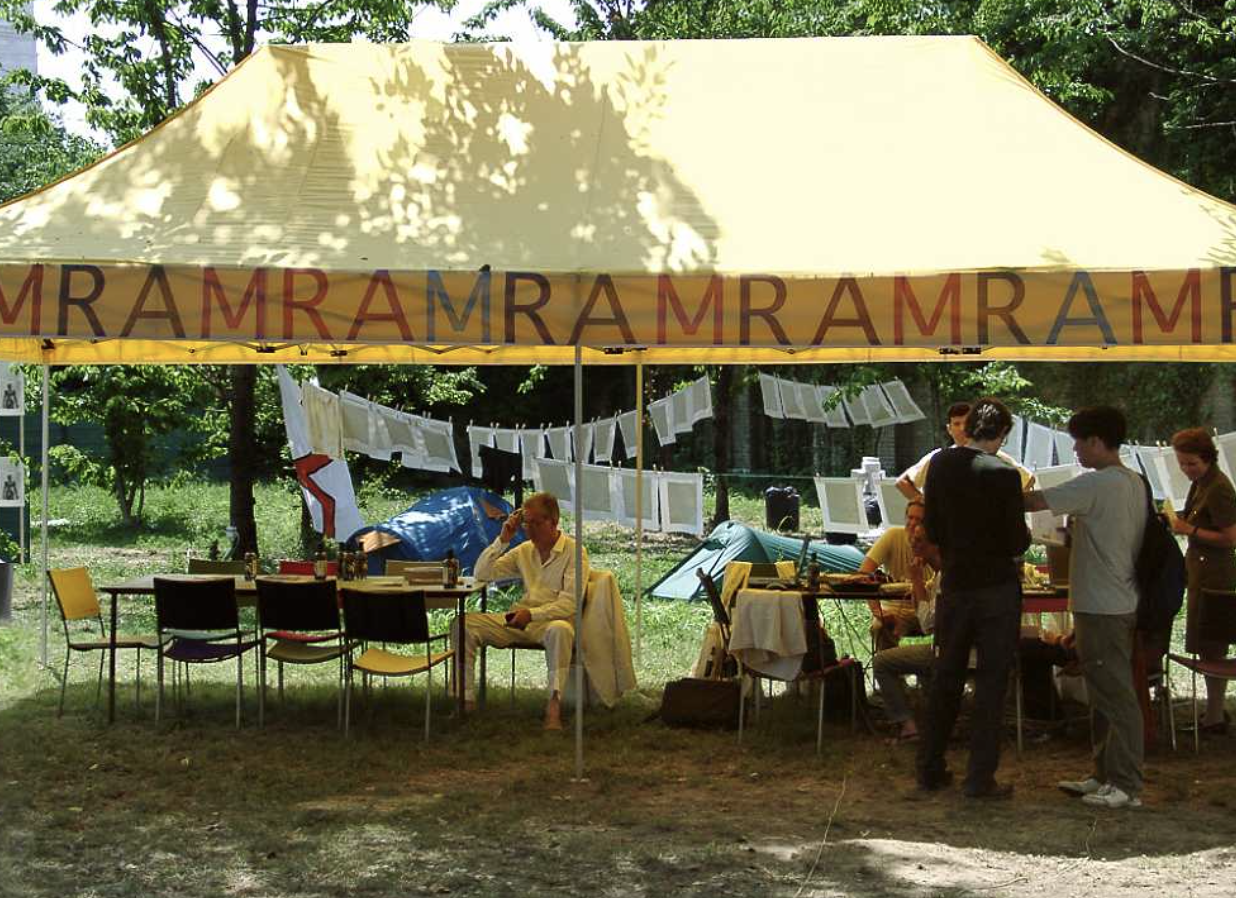
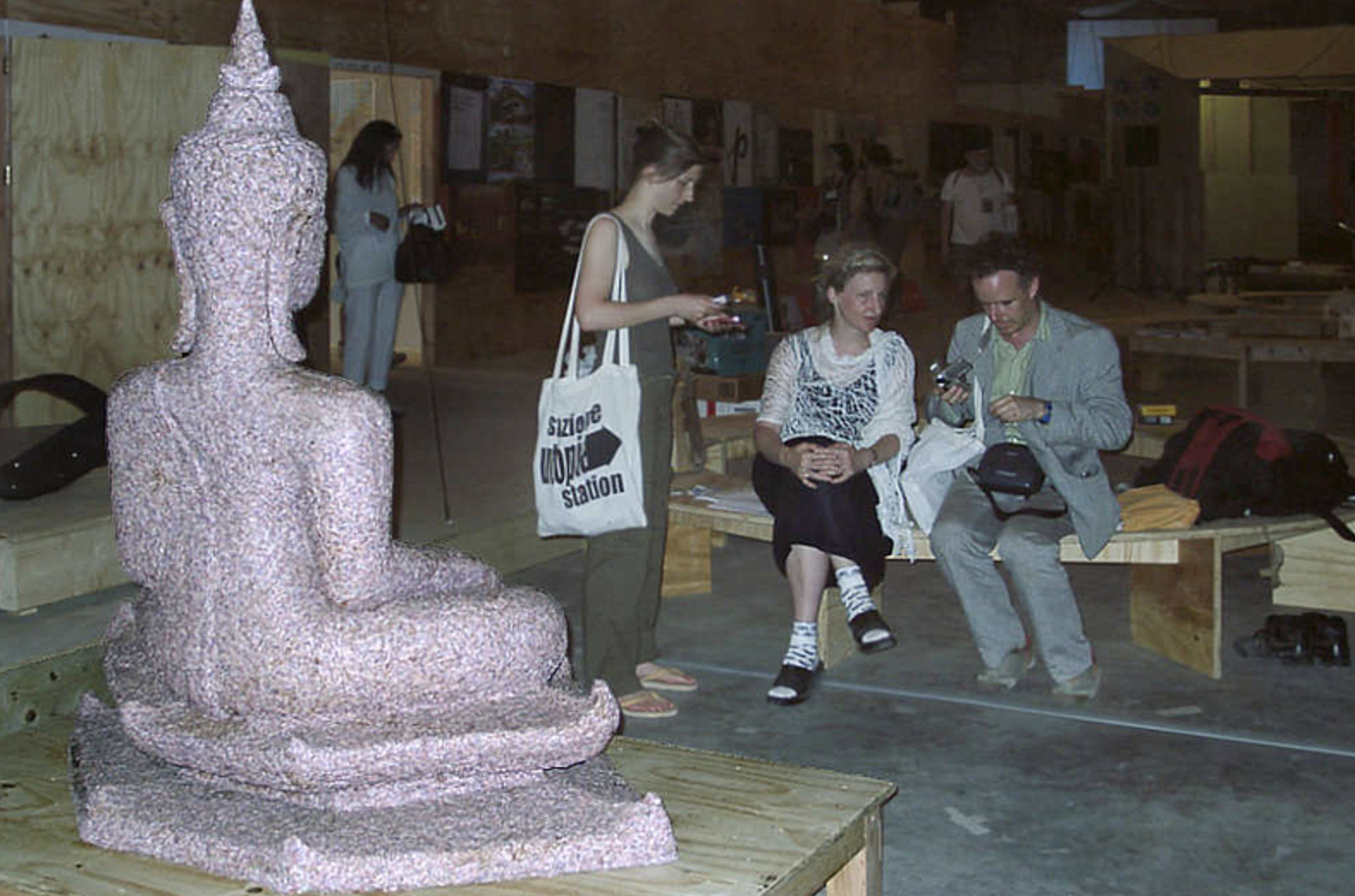 Rather than assigning movement, I invite navigation. This aligns with ideas explored in
Rather than assigning movement, I invite navigation. This aligns with ideas explored in 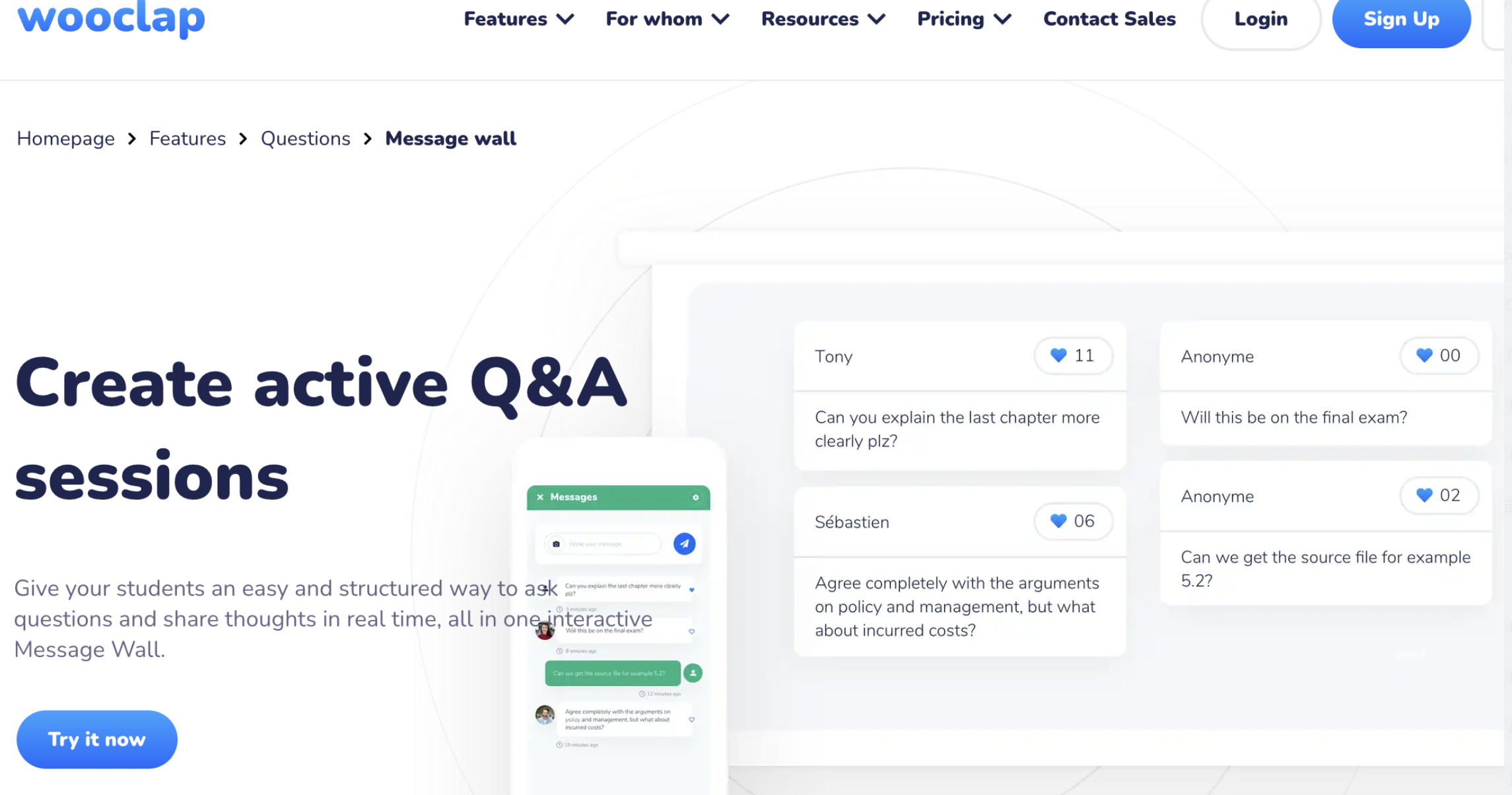
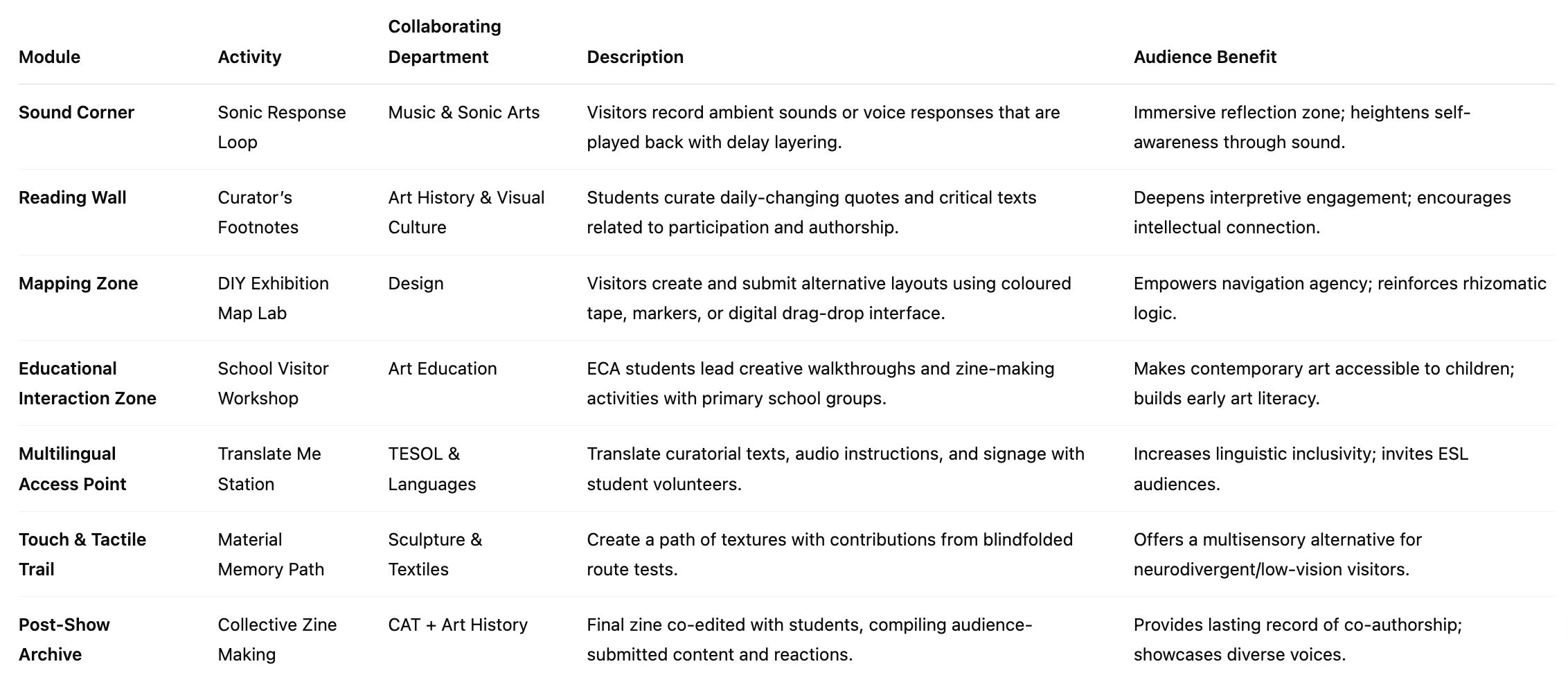

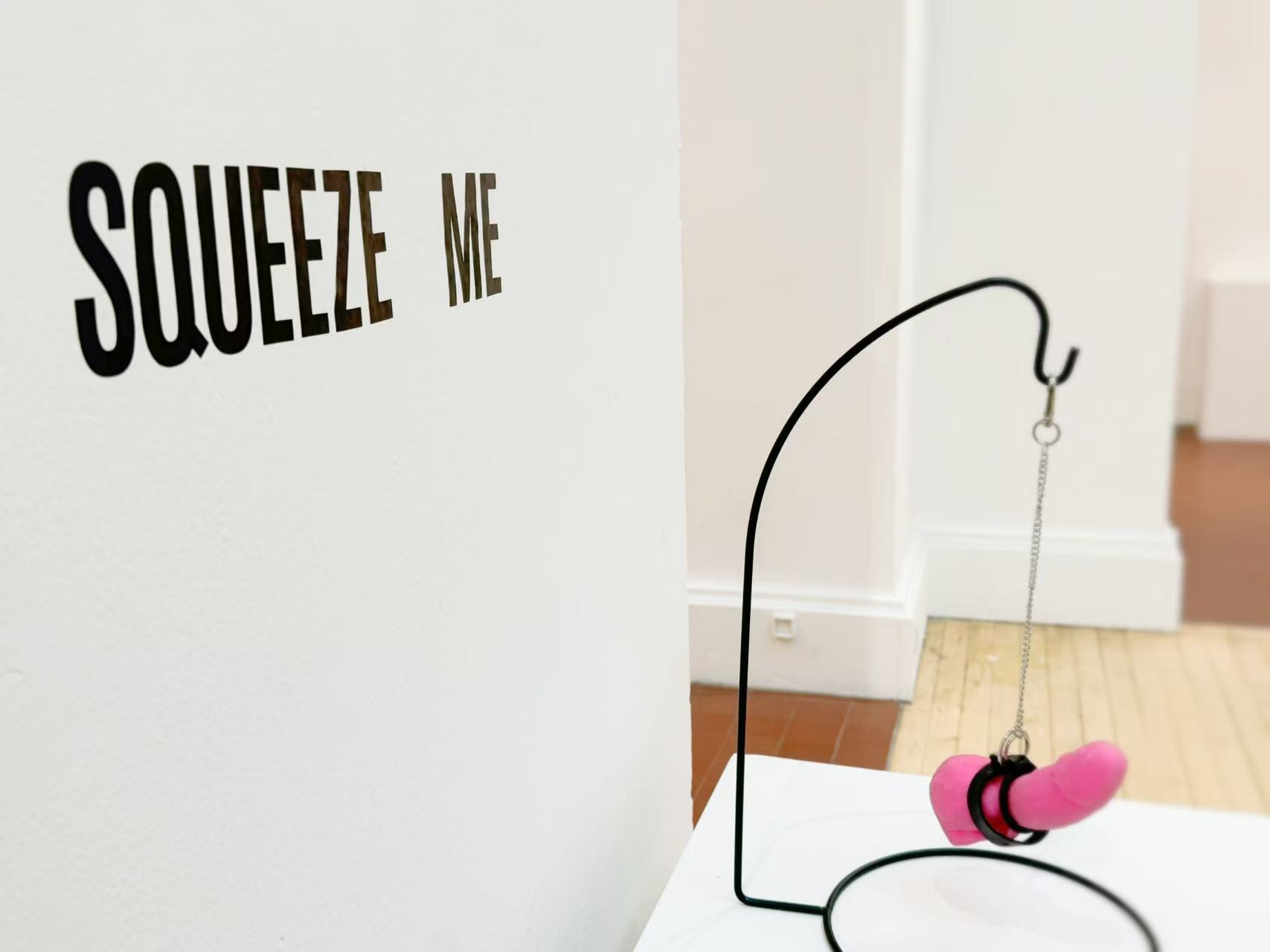
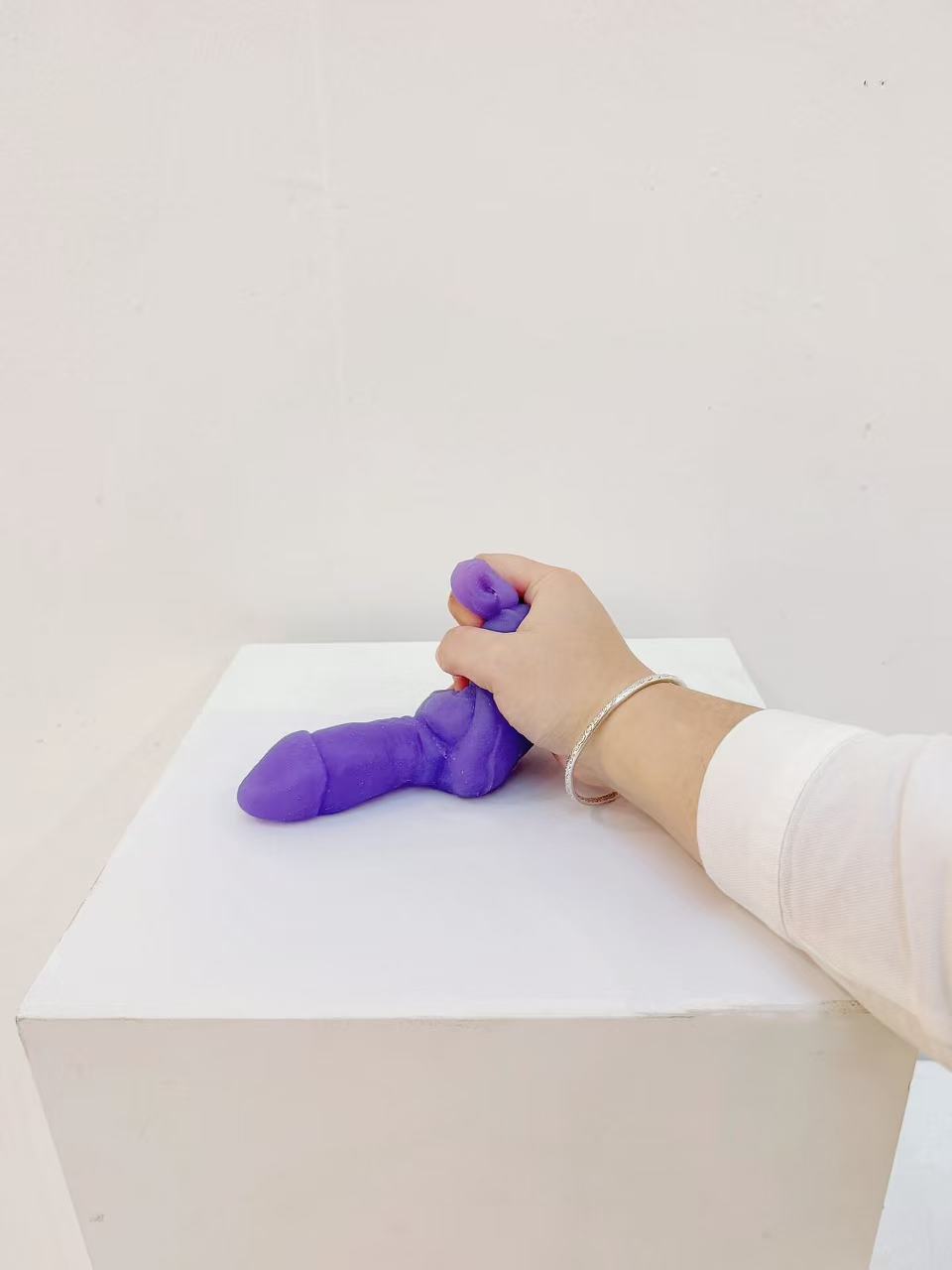





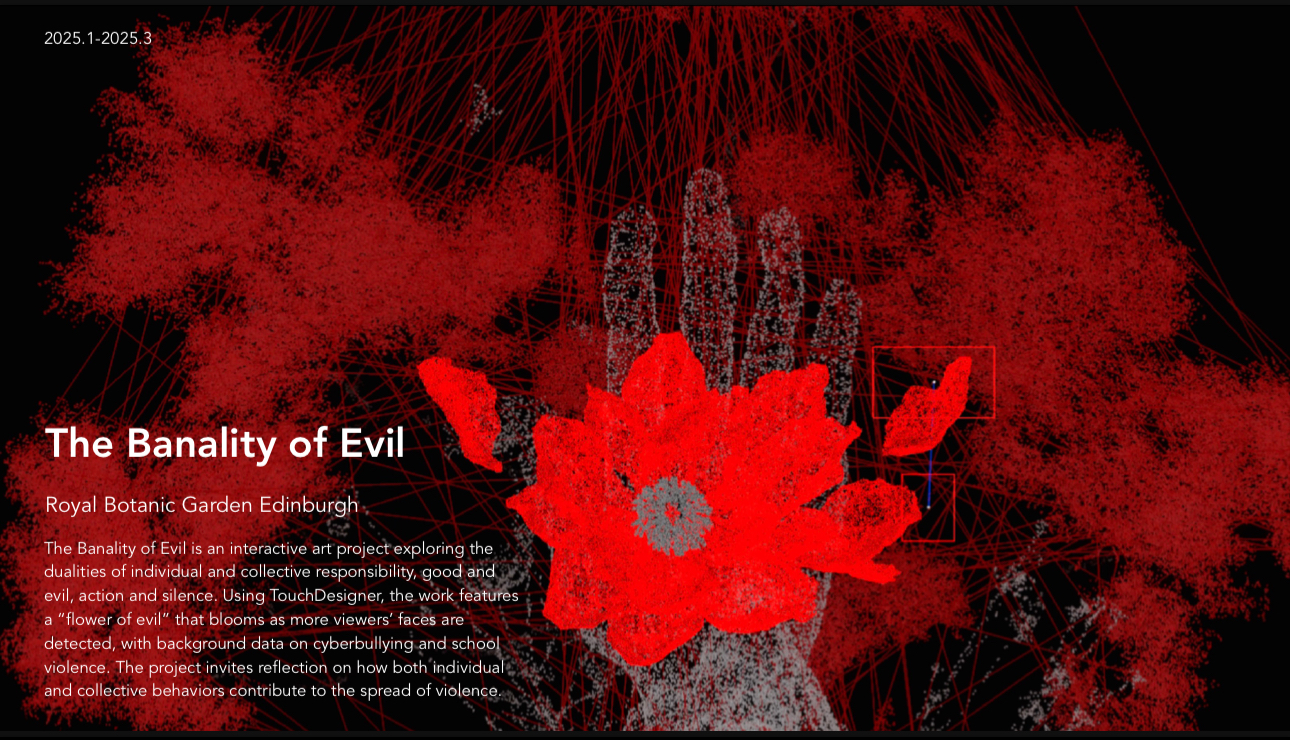
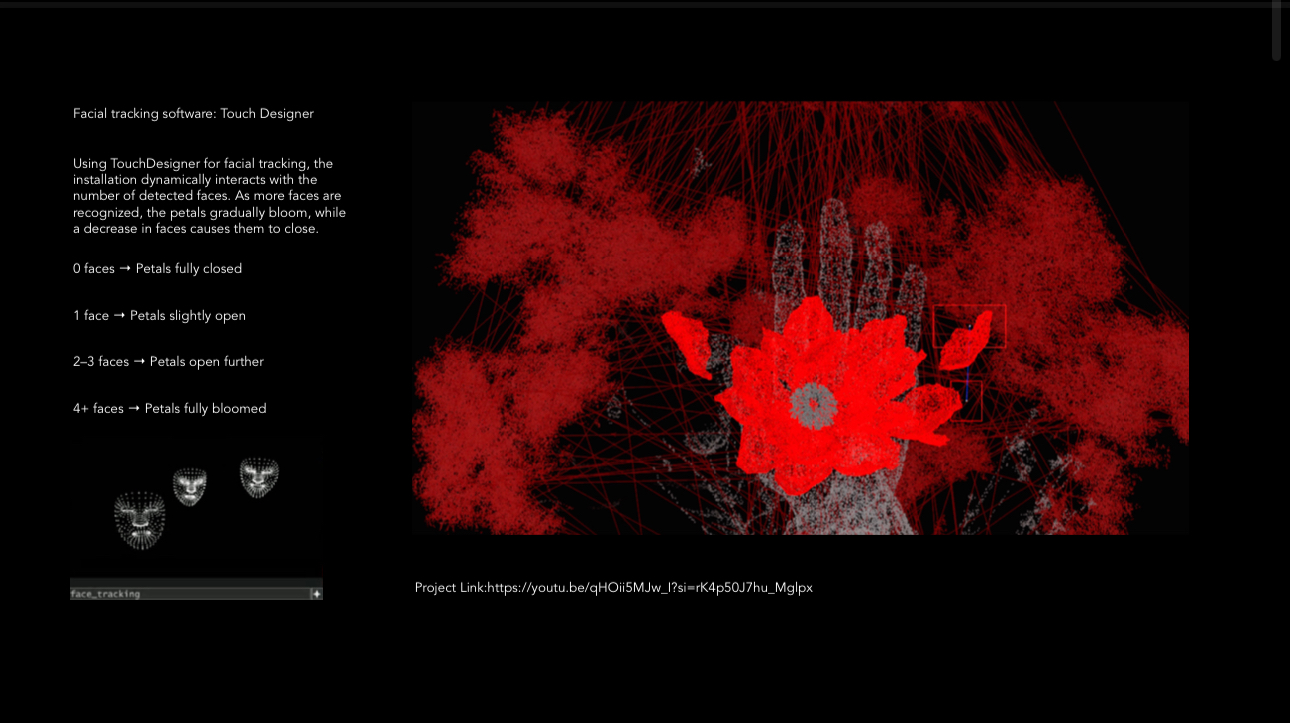
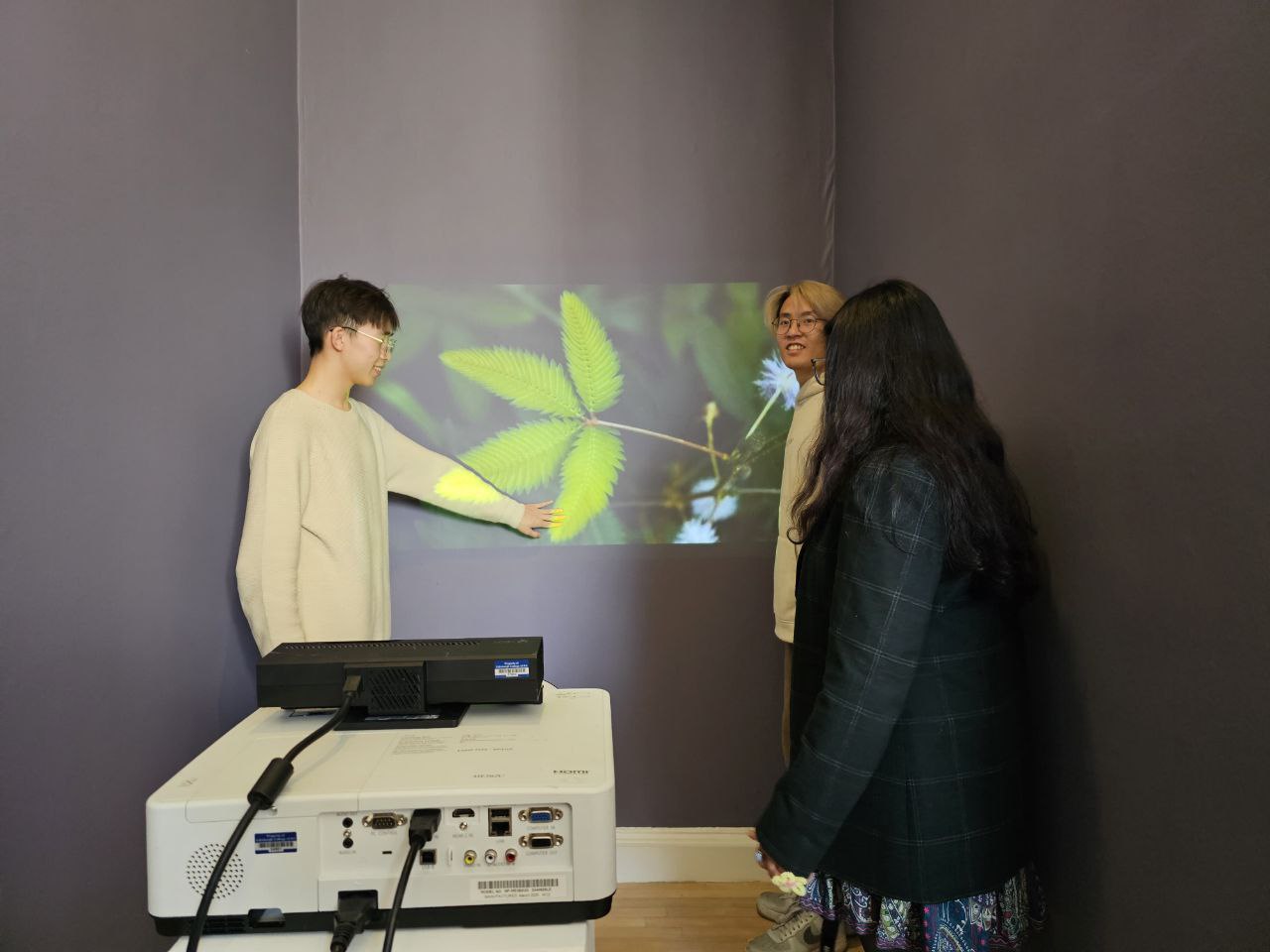
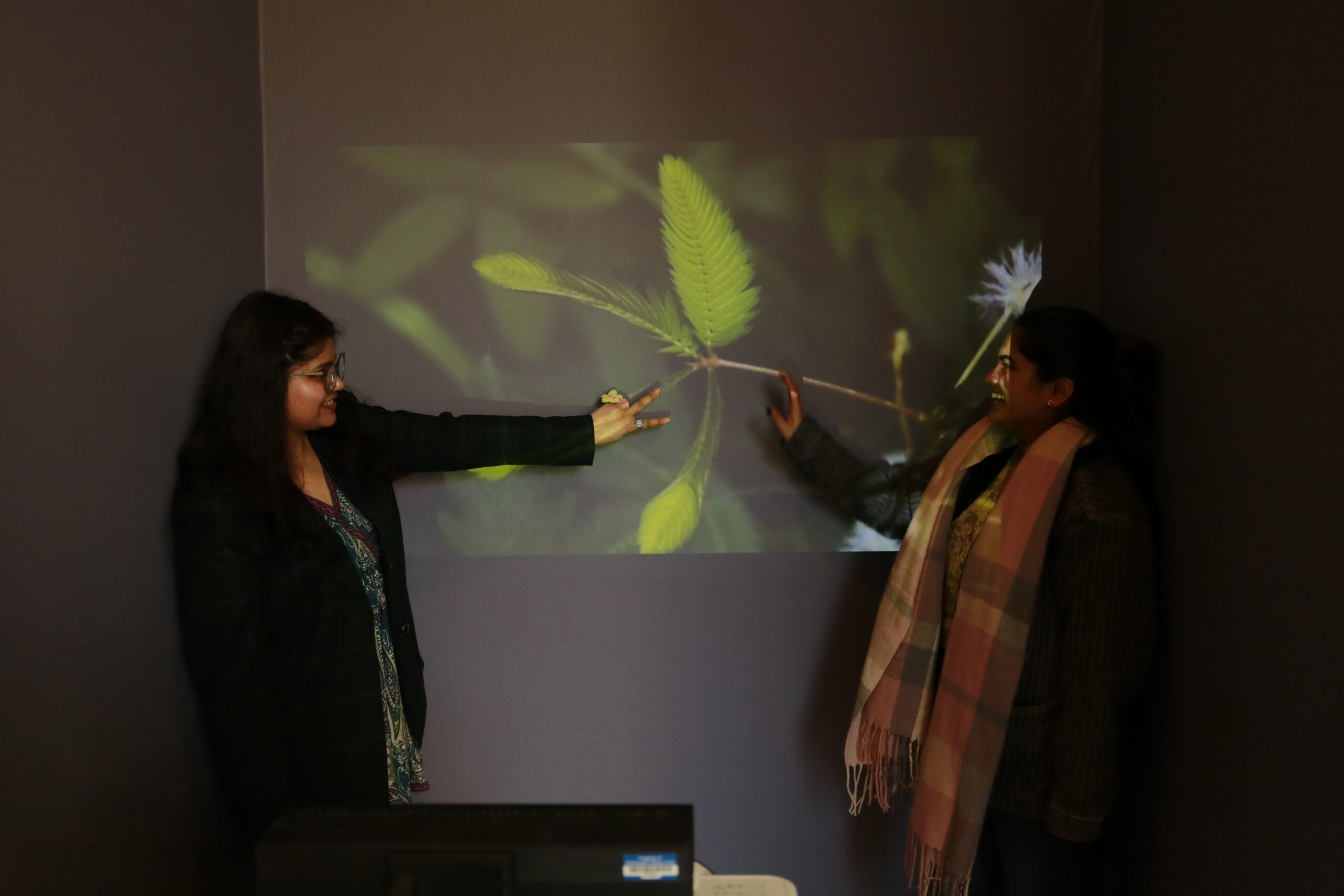
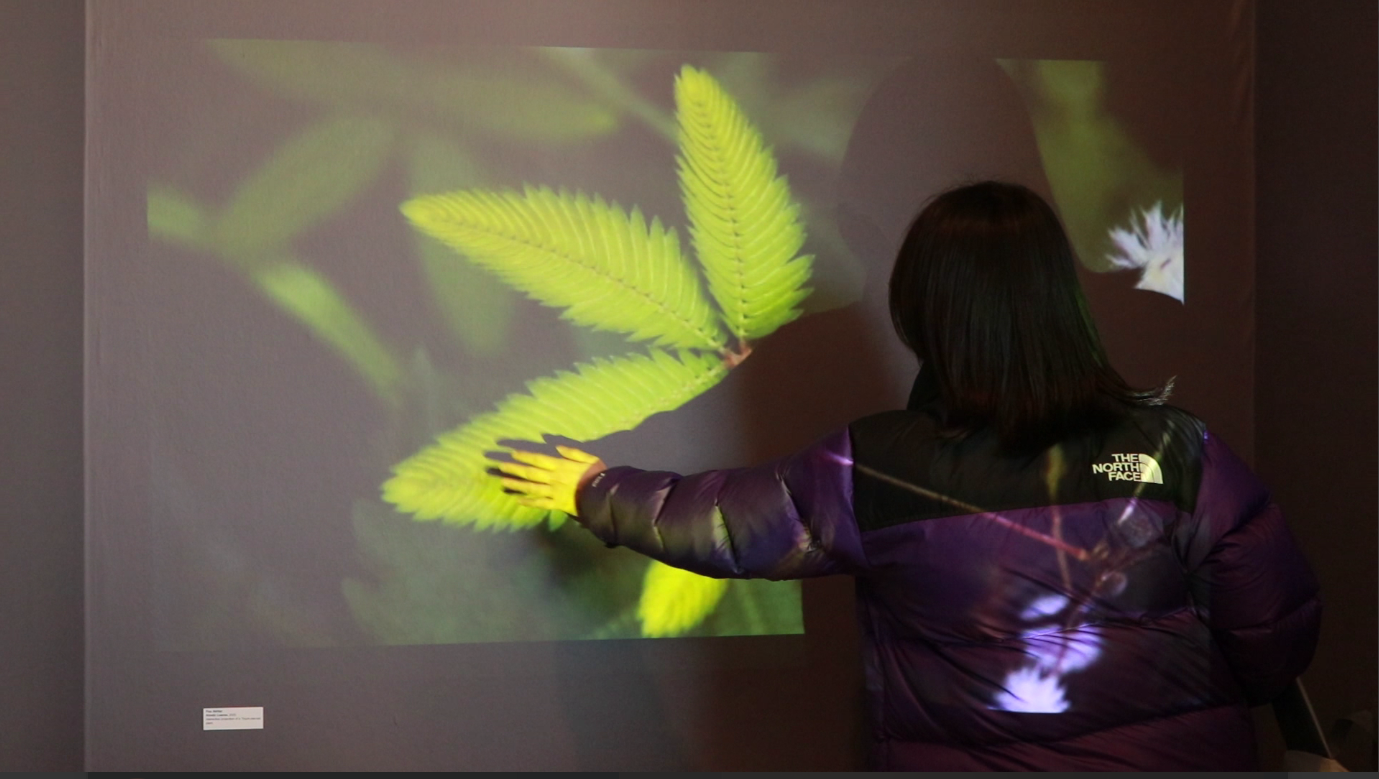
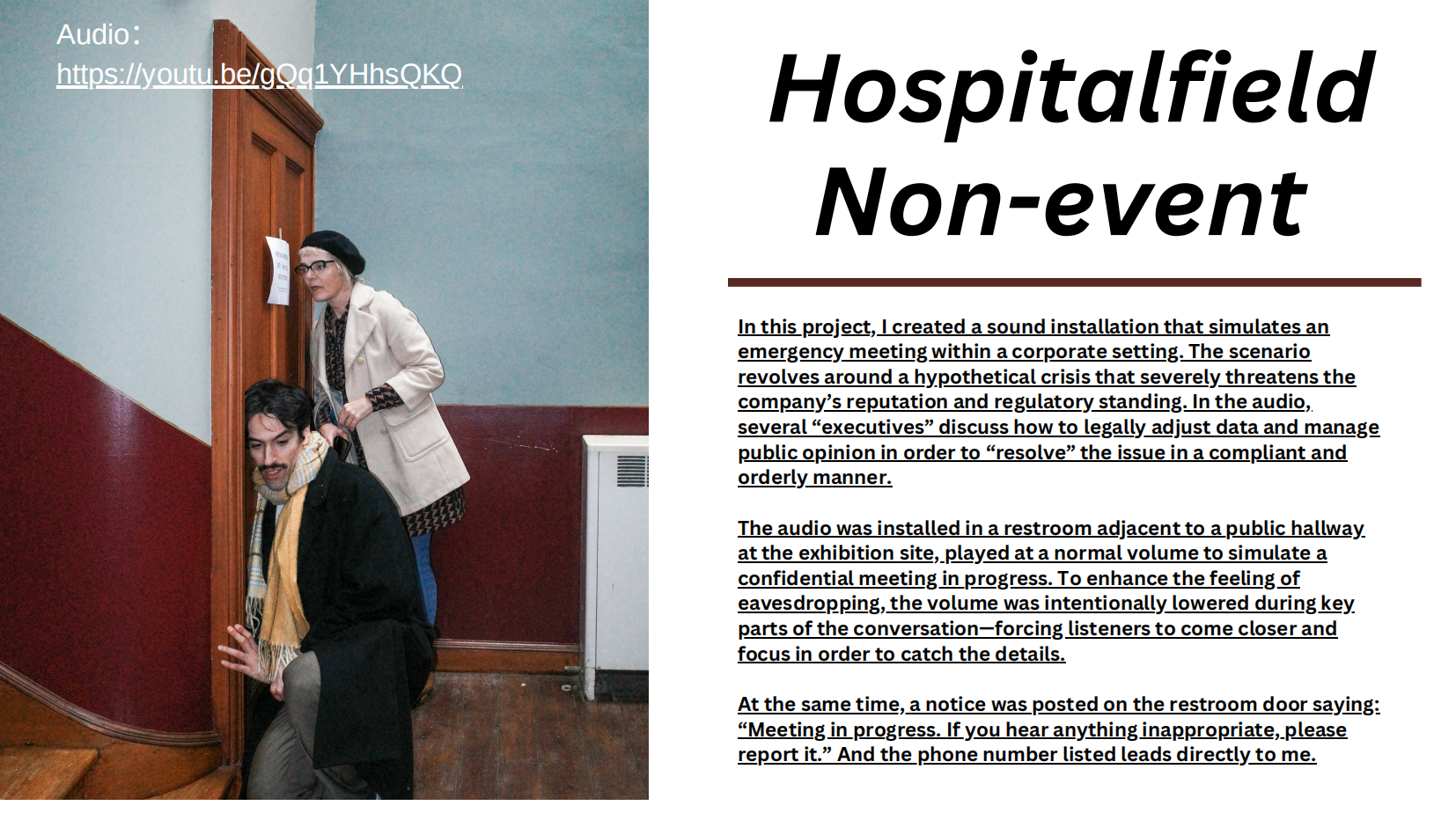
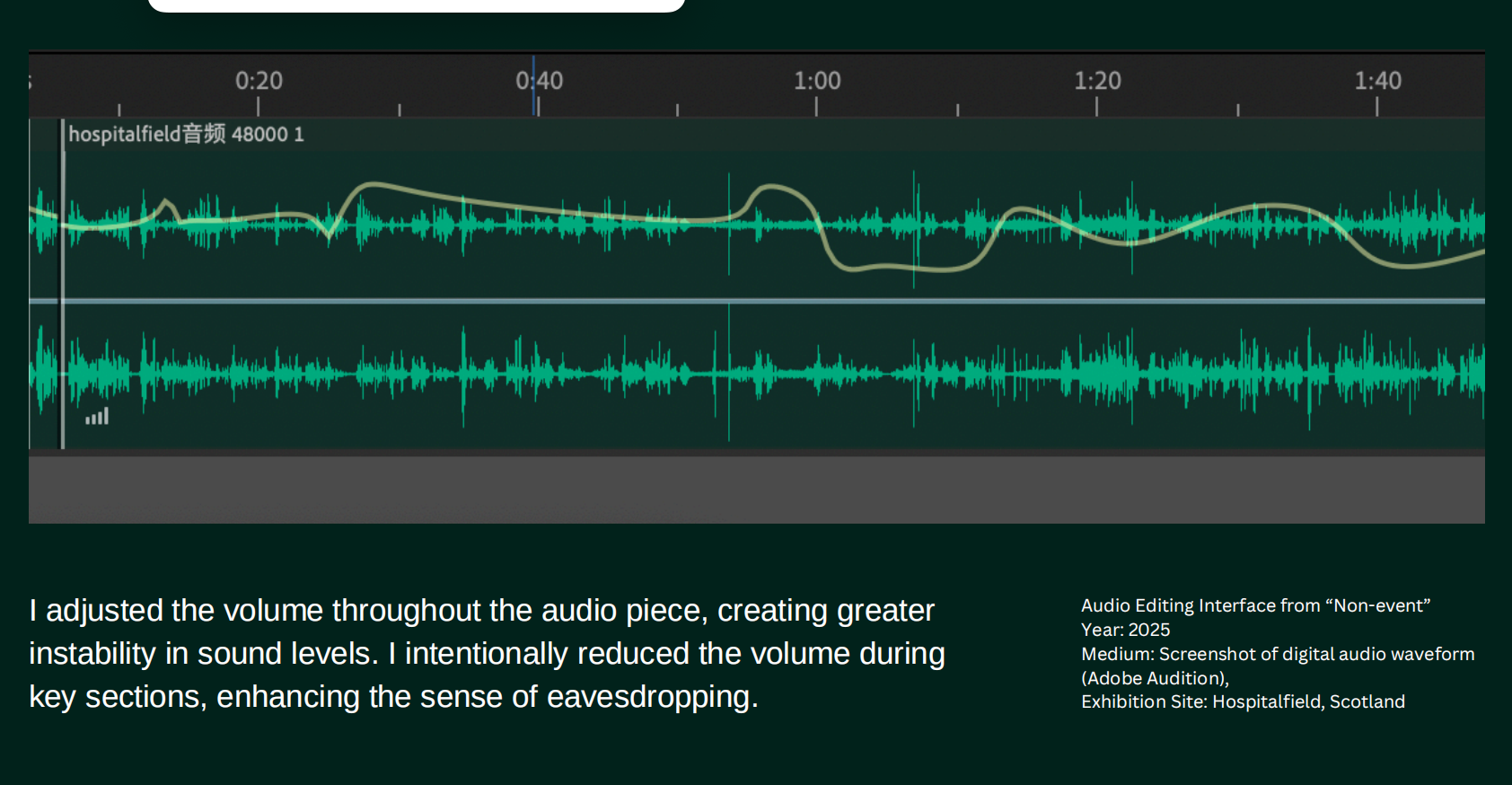 Why she fits: Keyi’s use of spatial perception echoes Aneta Szyłak’s theory of “curating context” (The Curatorial, 2013), where space and sensation are integral to meaning.
Why she fits: Keyi’s use of spatial perception echoes Aneta Szyłak’s theory of “curating context” (The Curatorial, 2013), where space and sensation are integral to meaning.